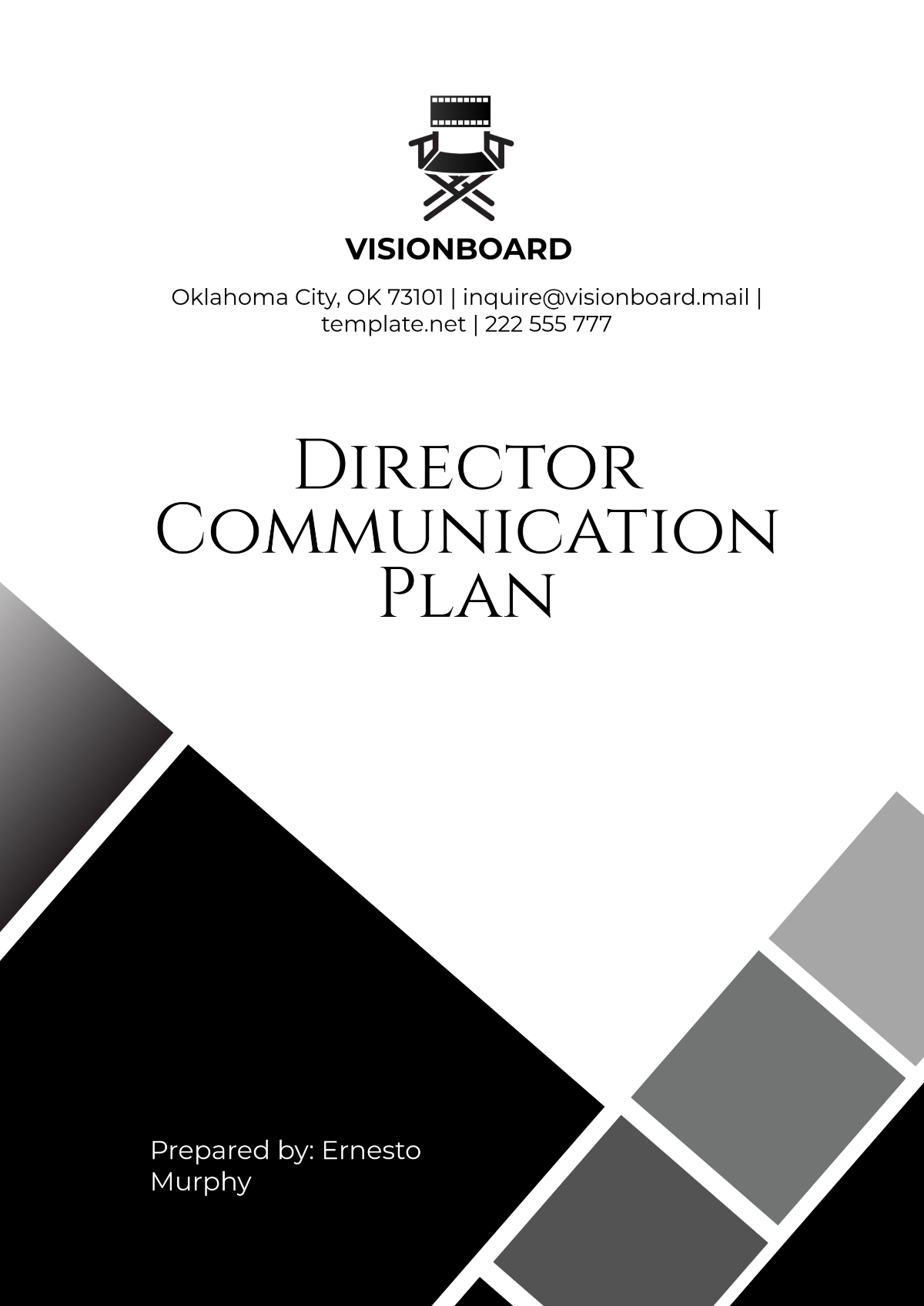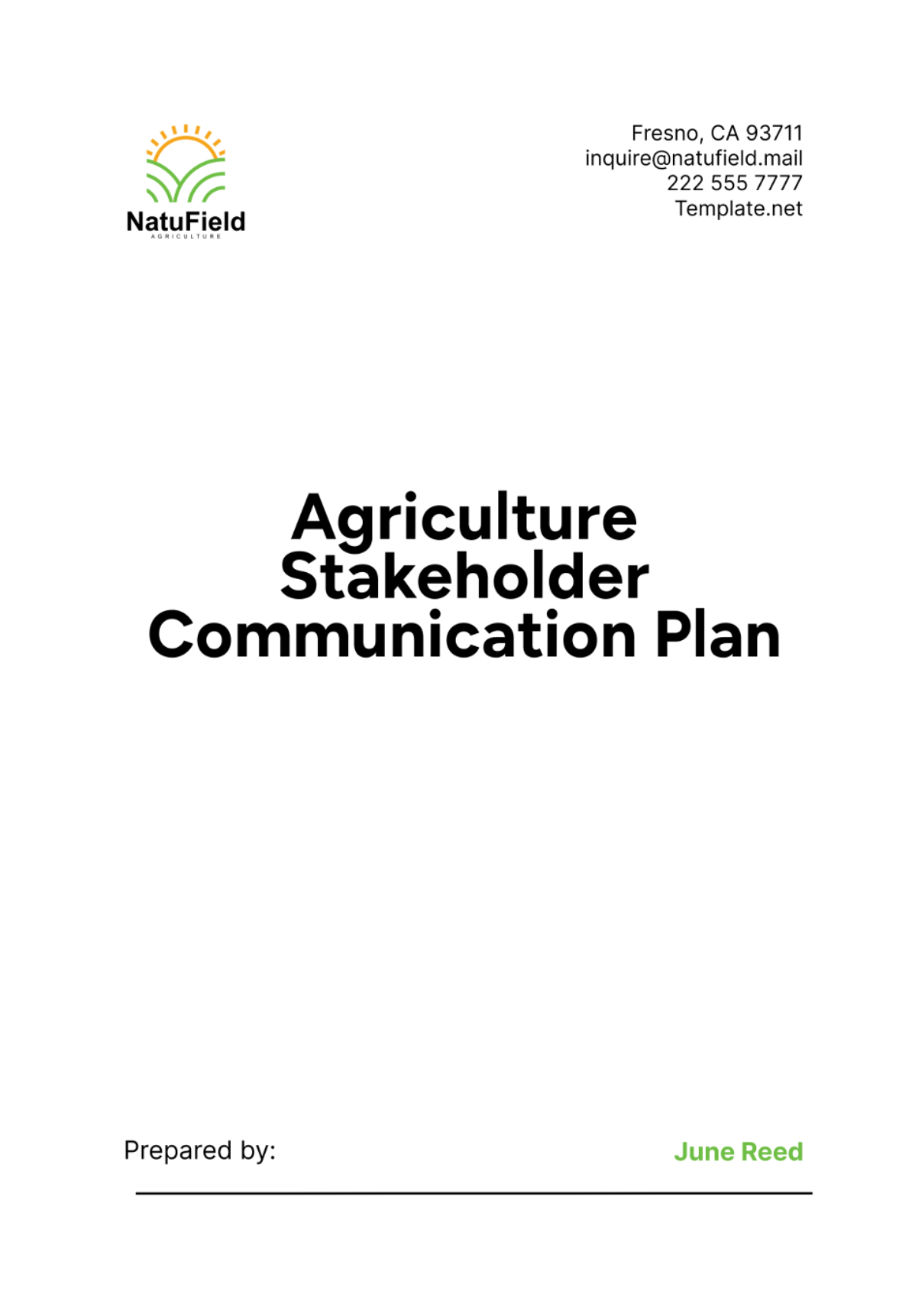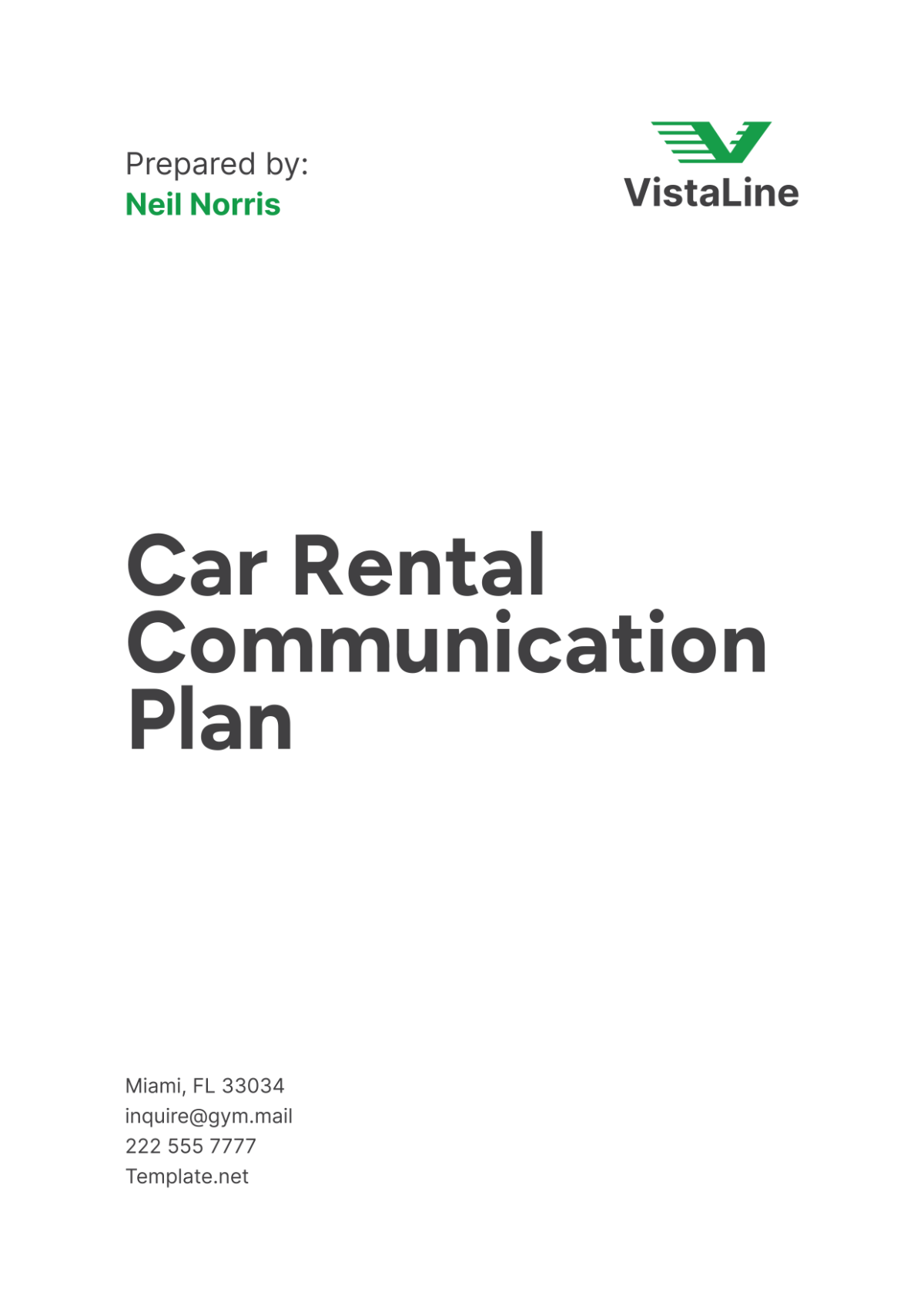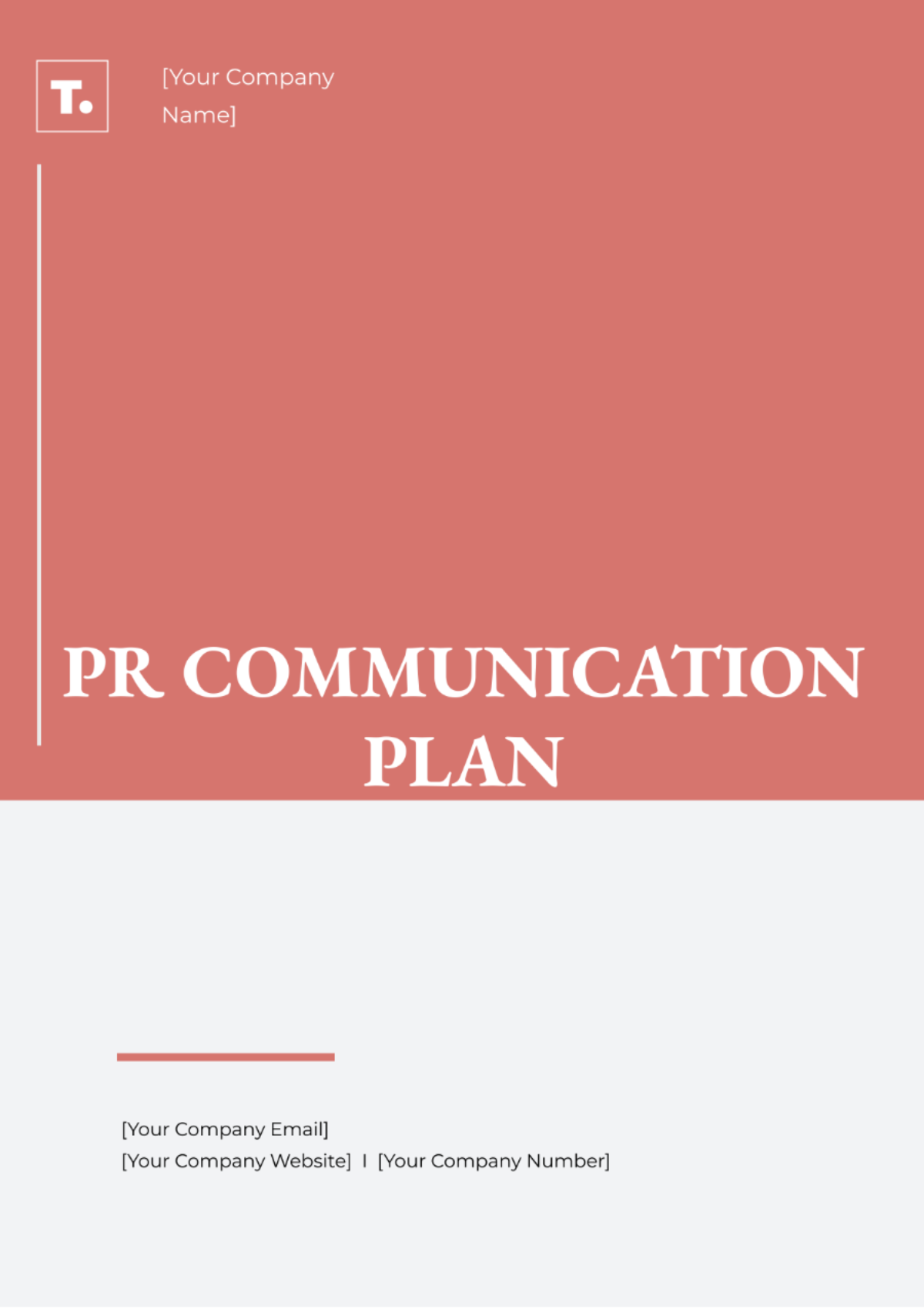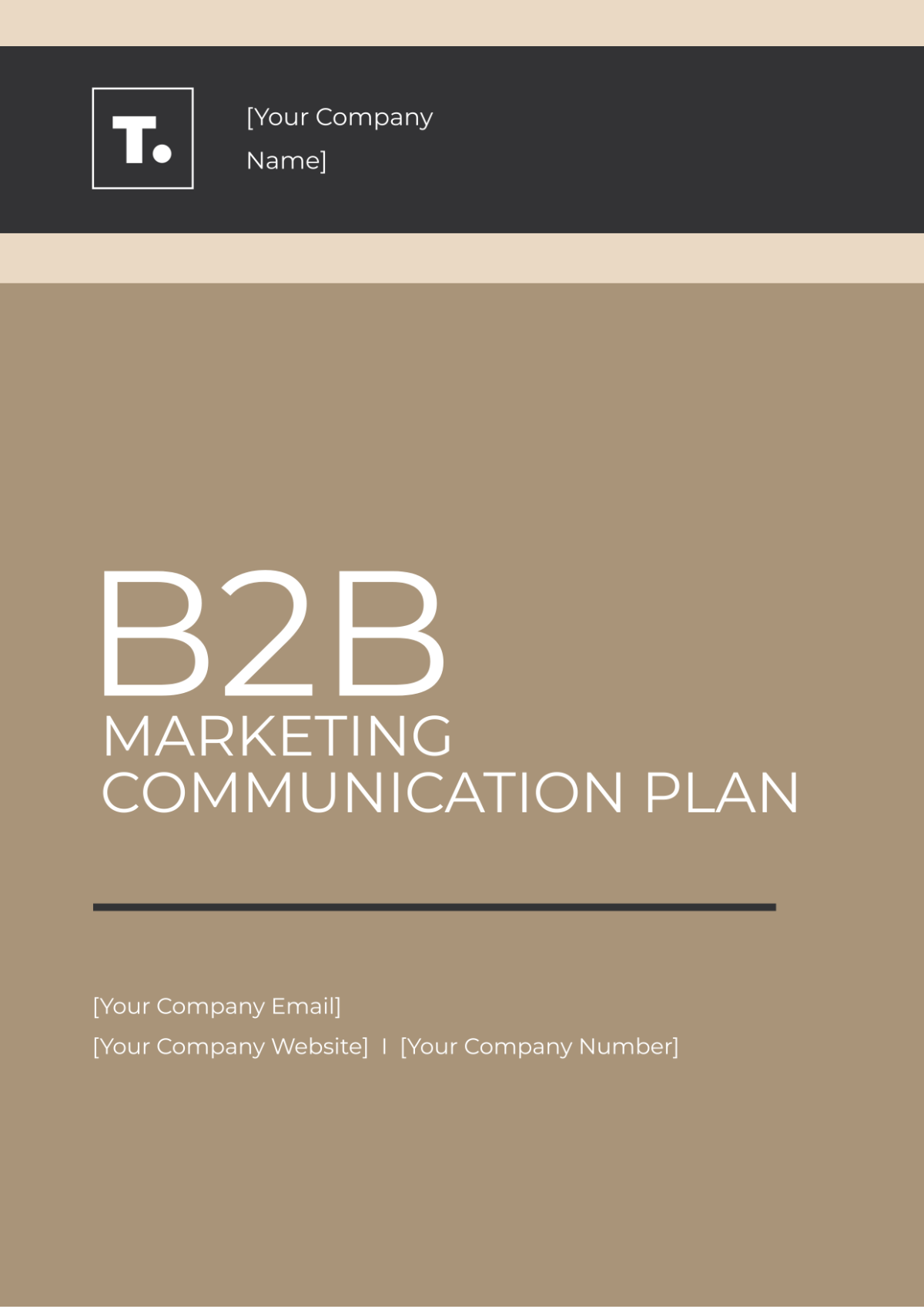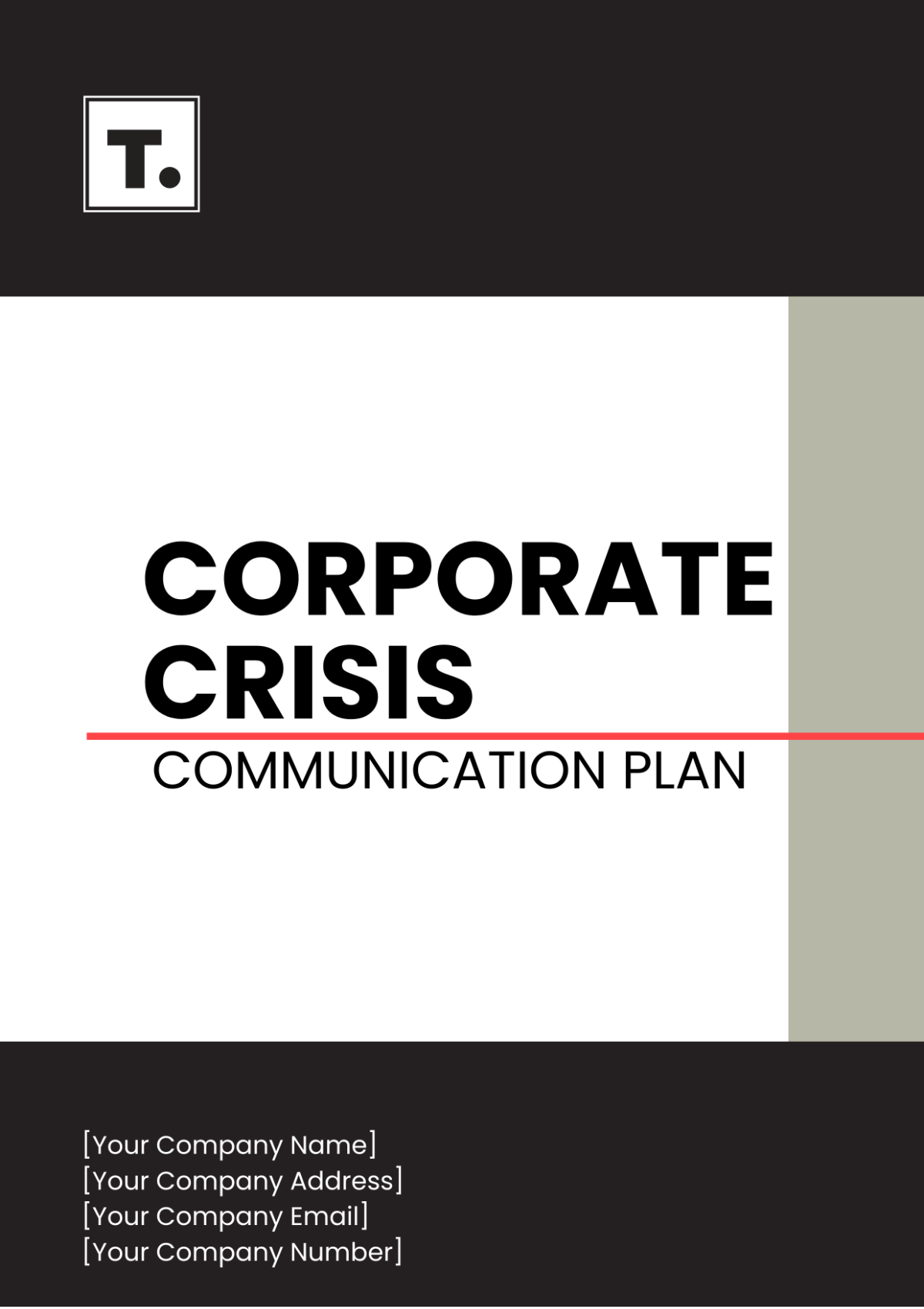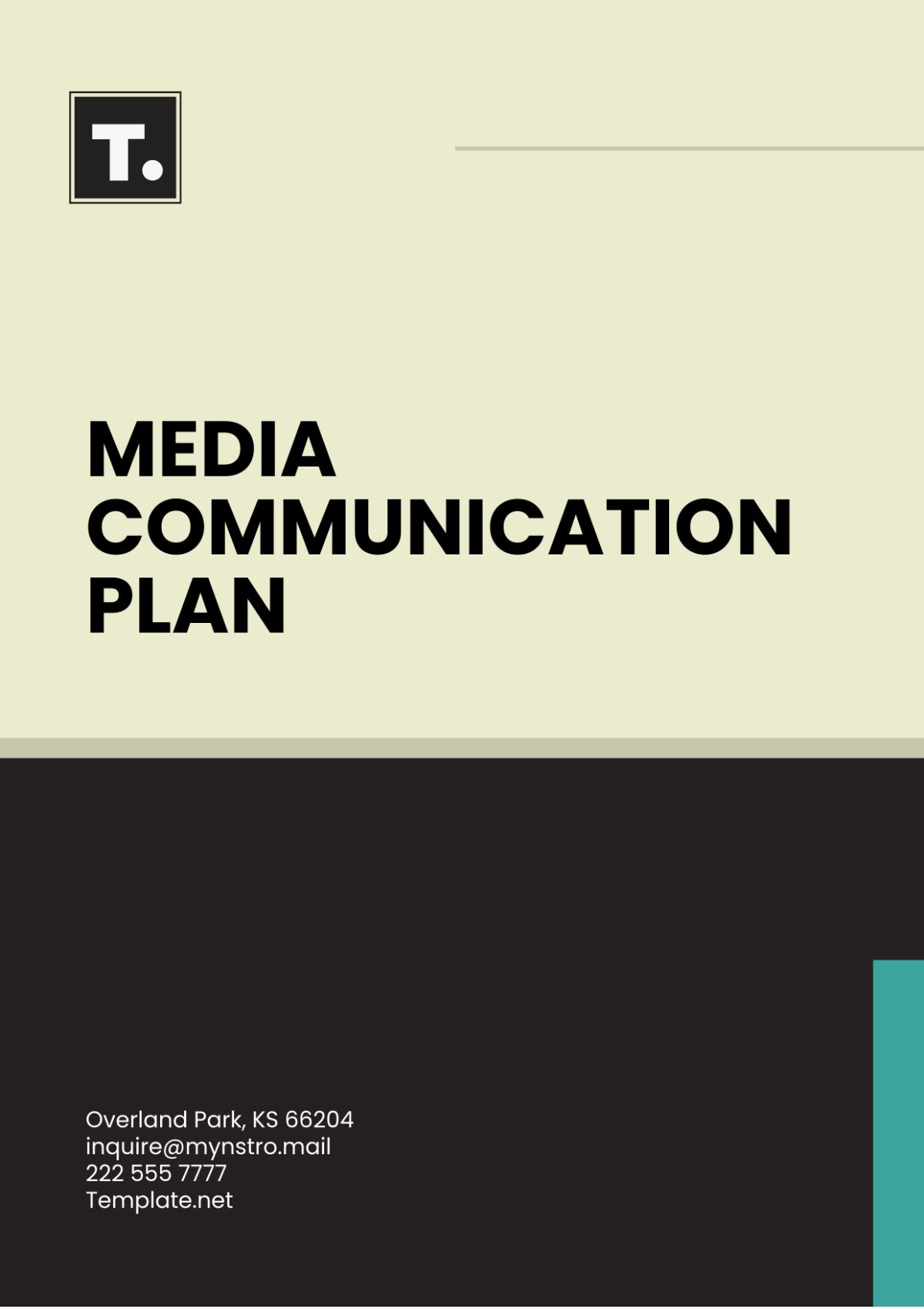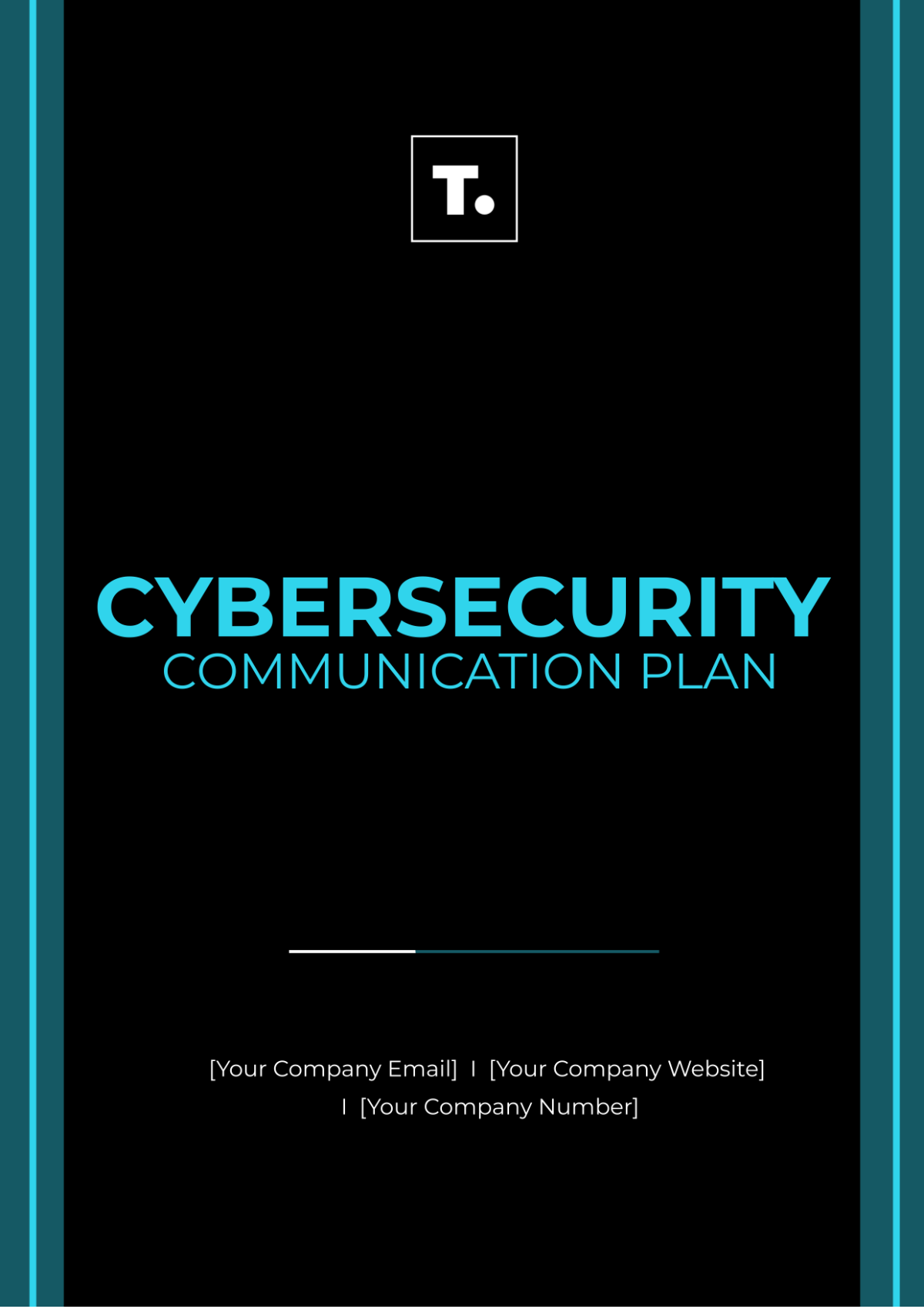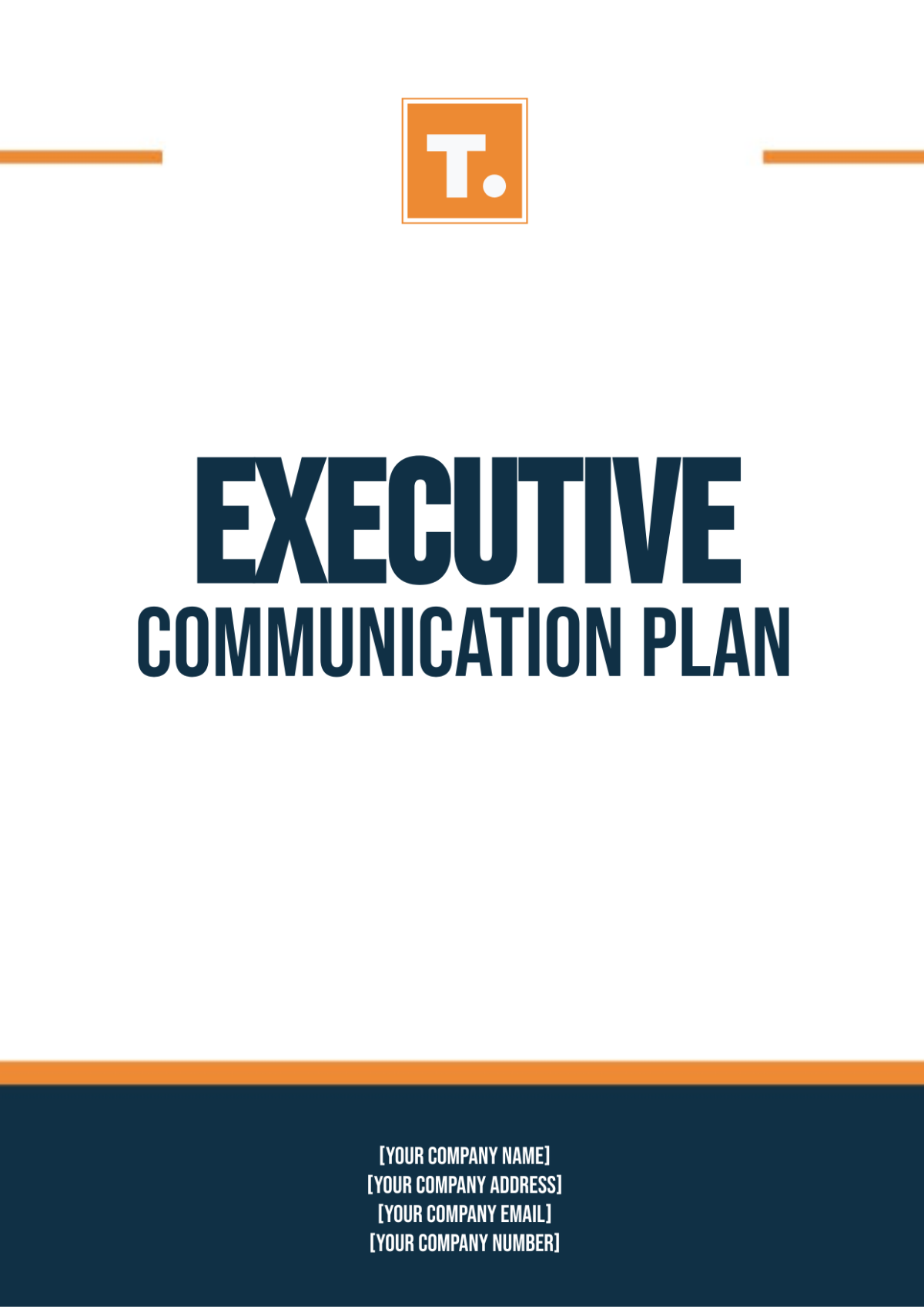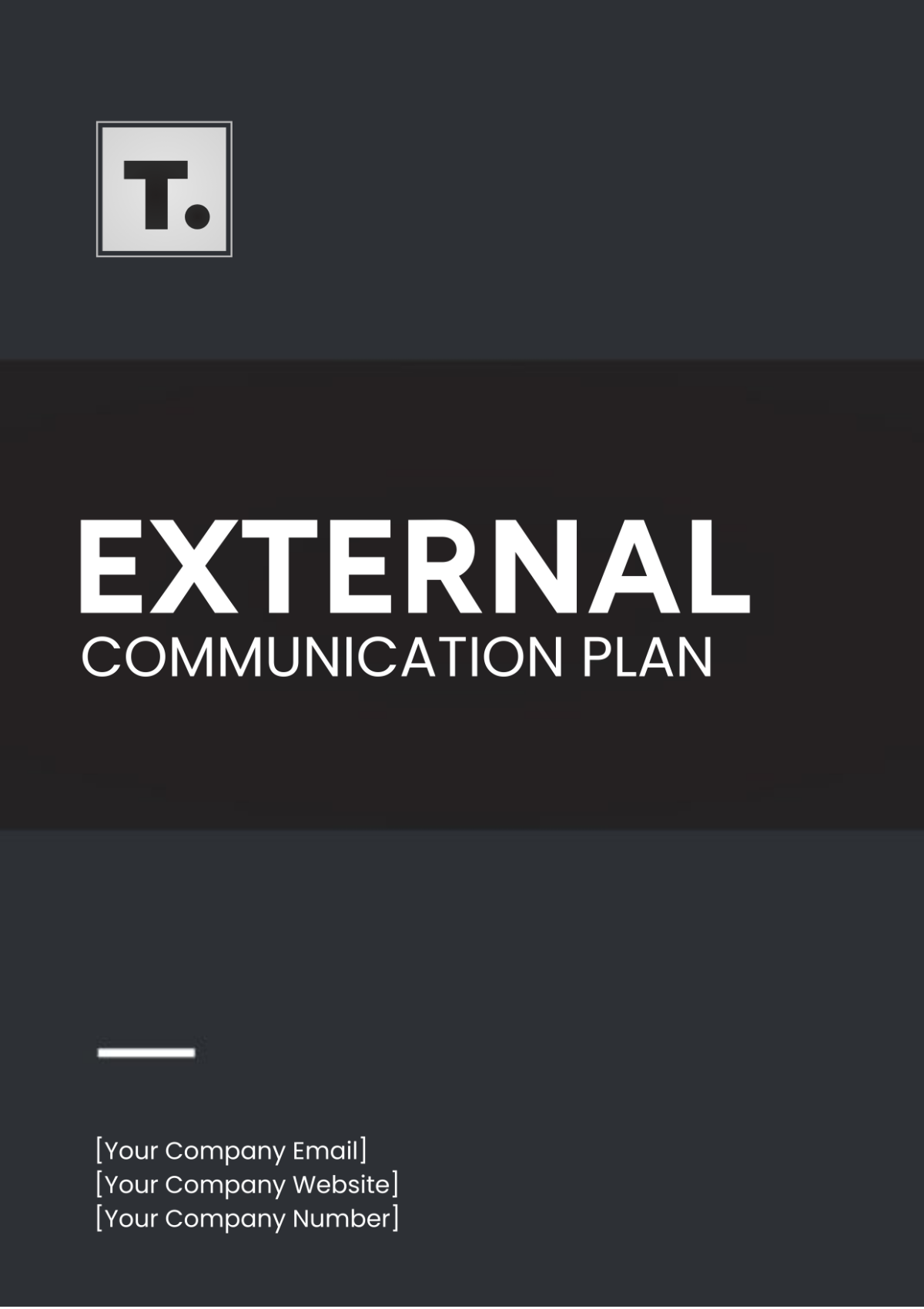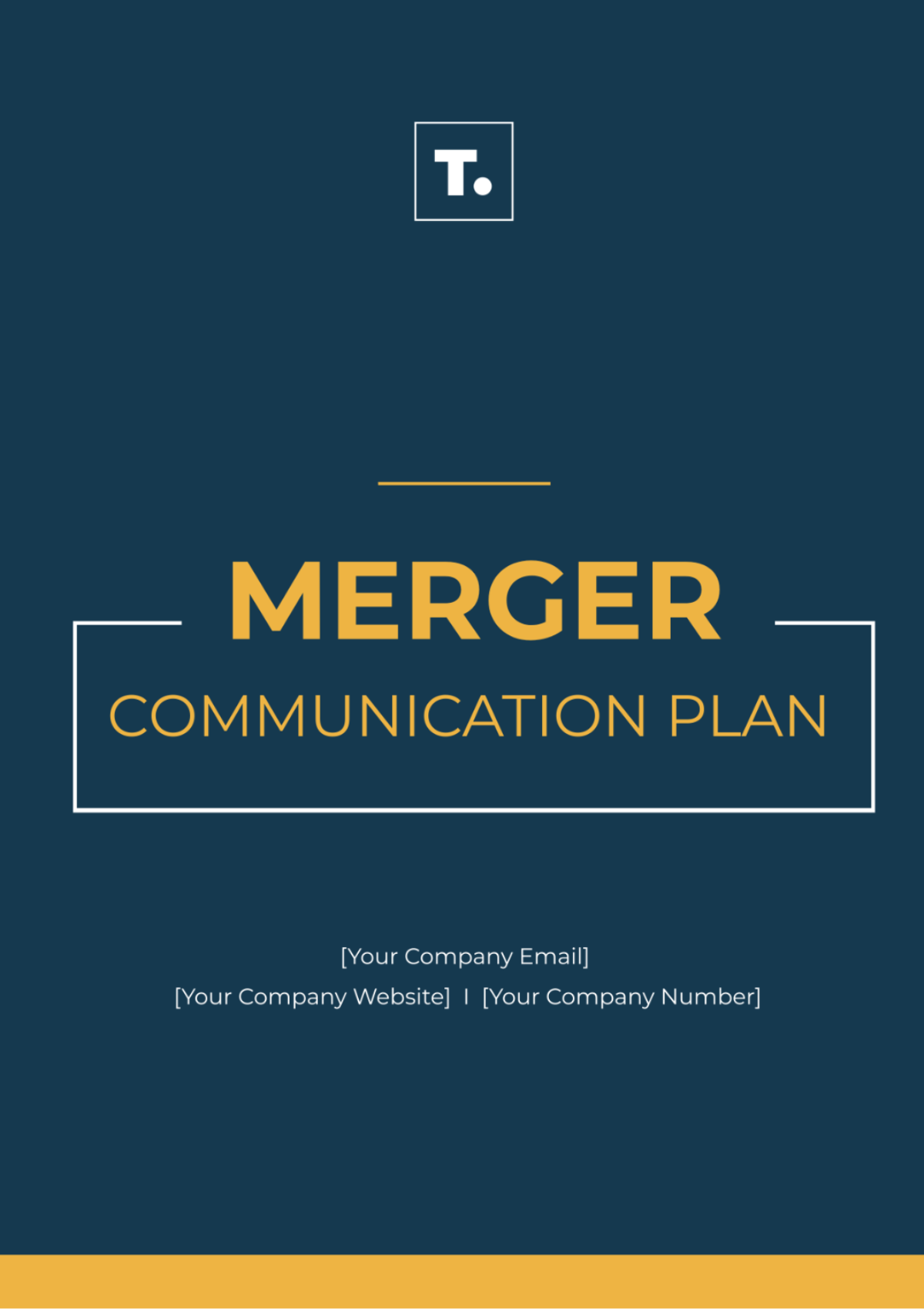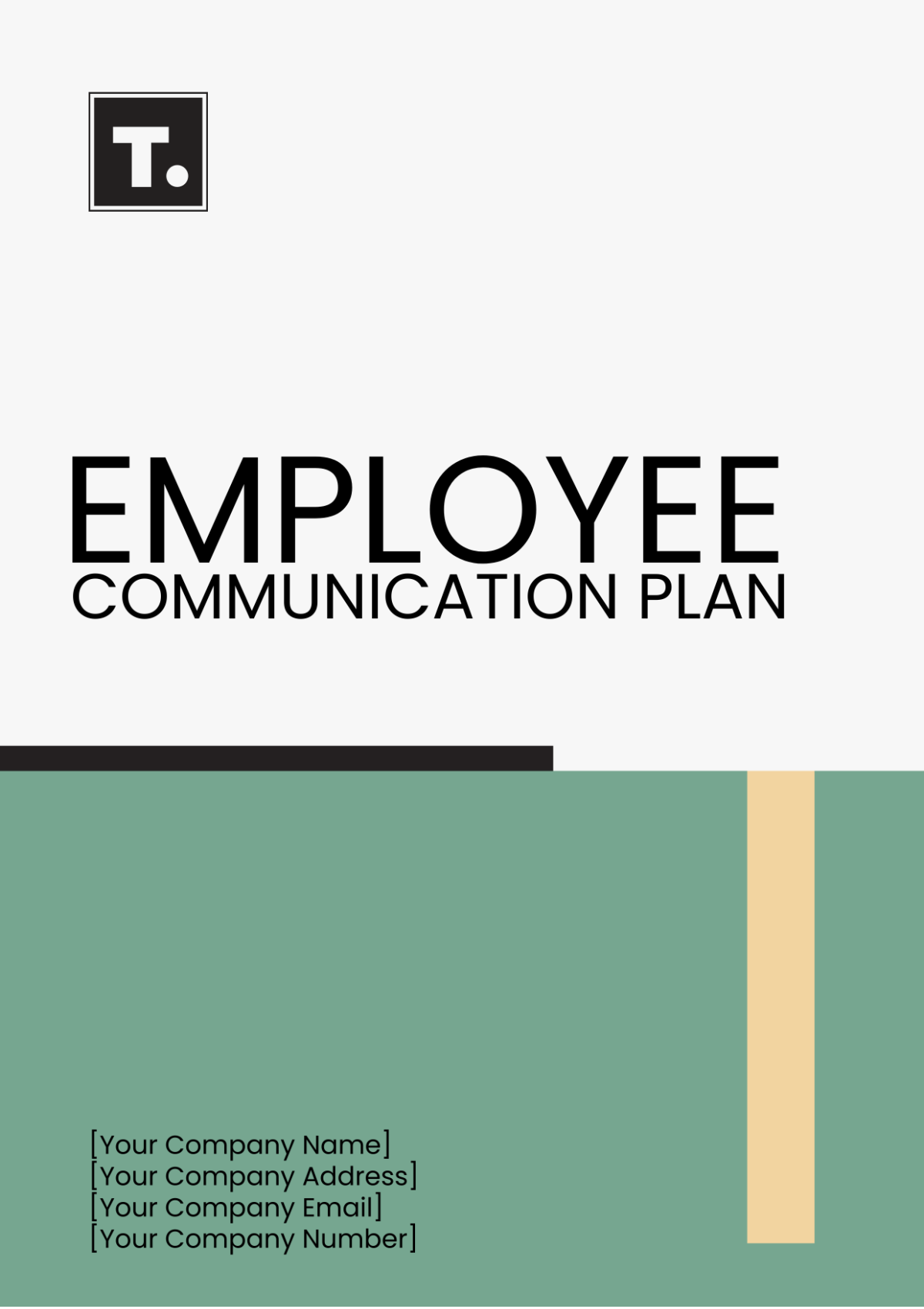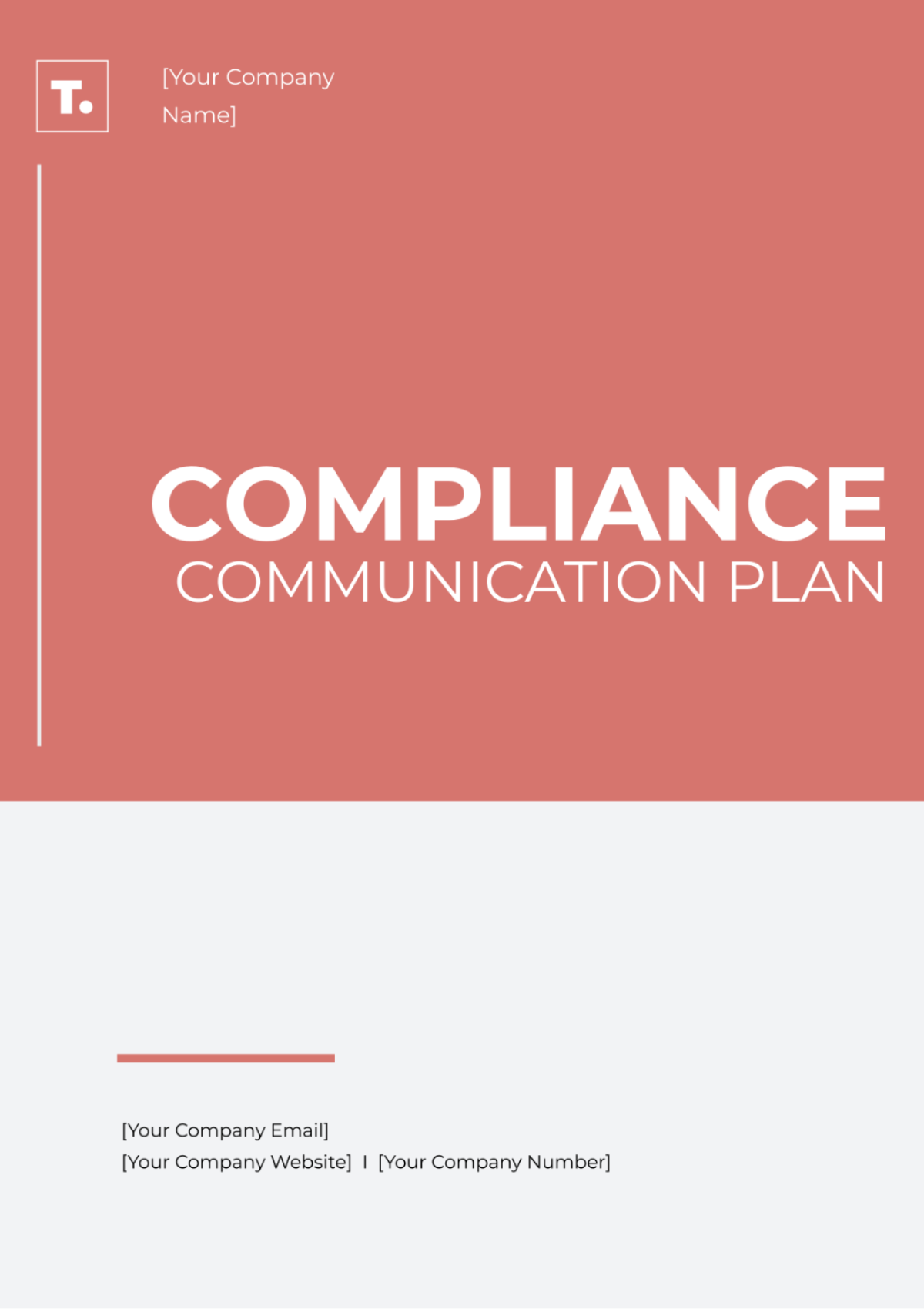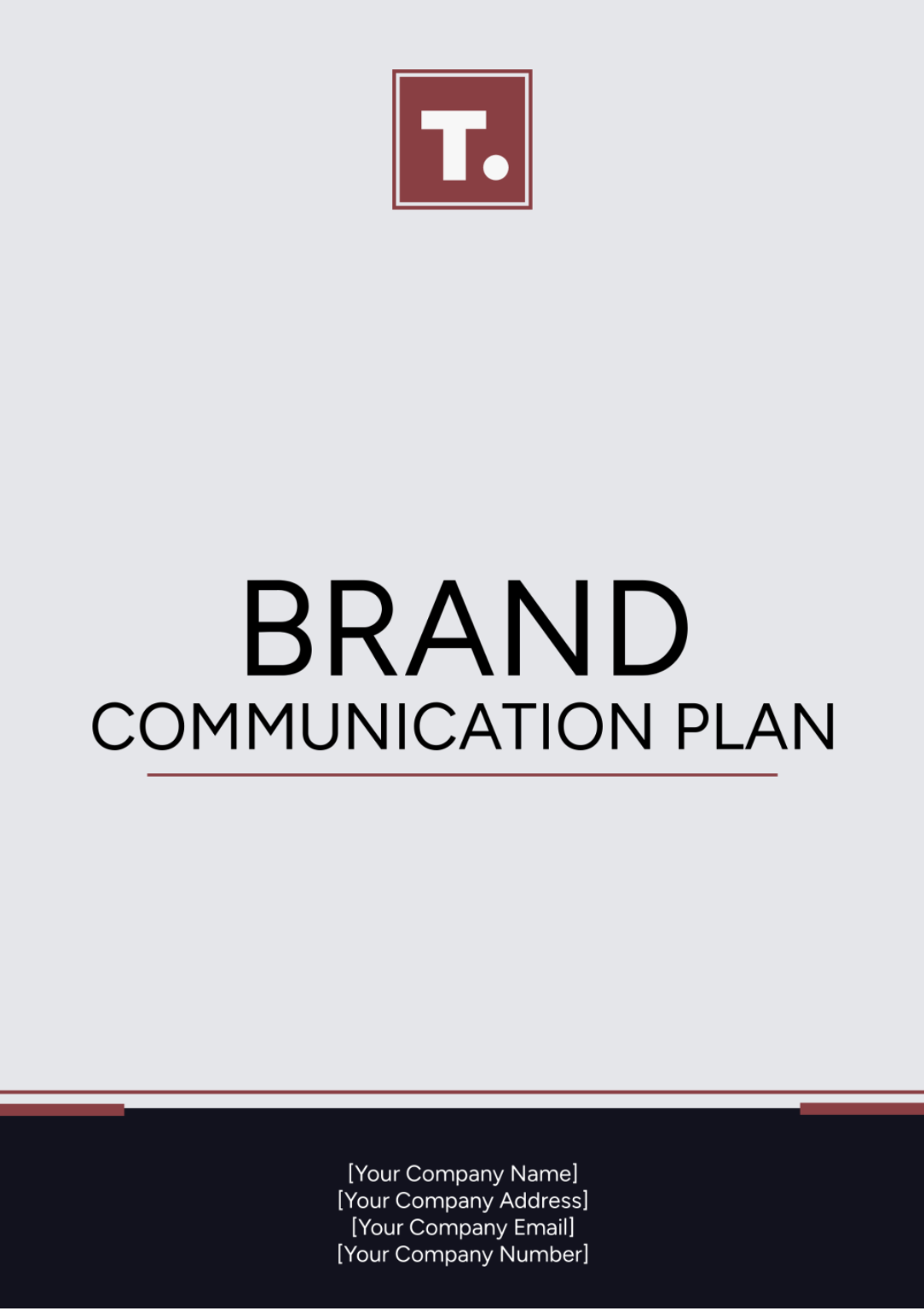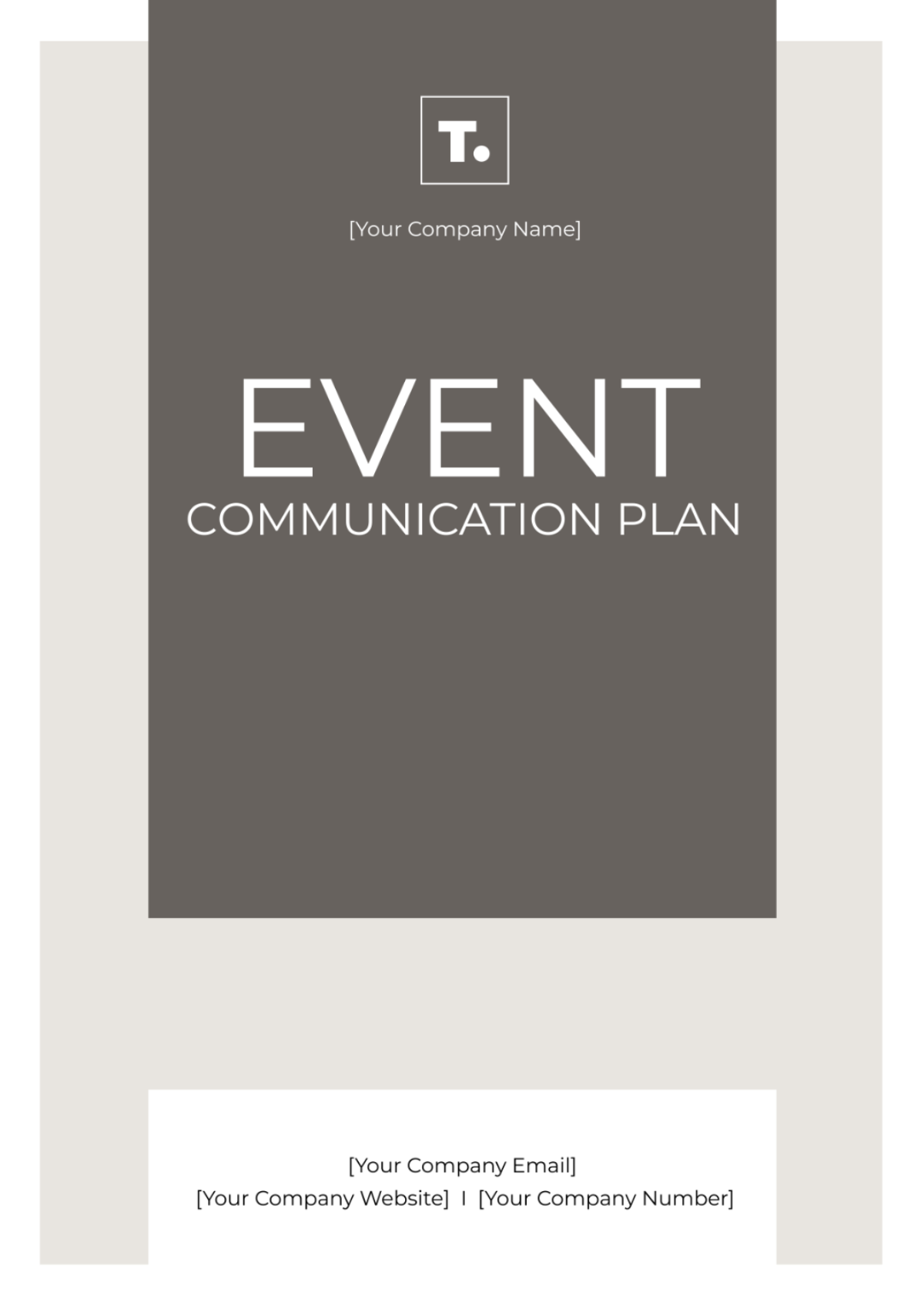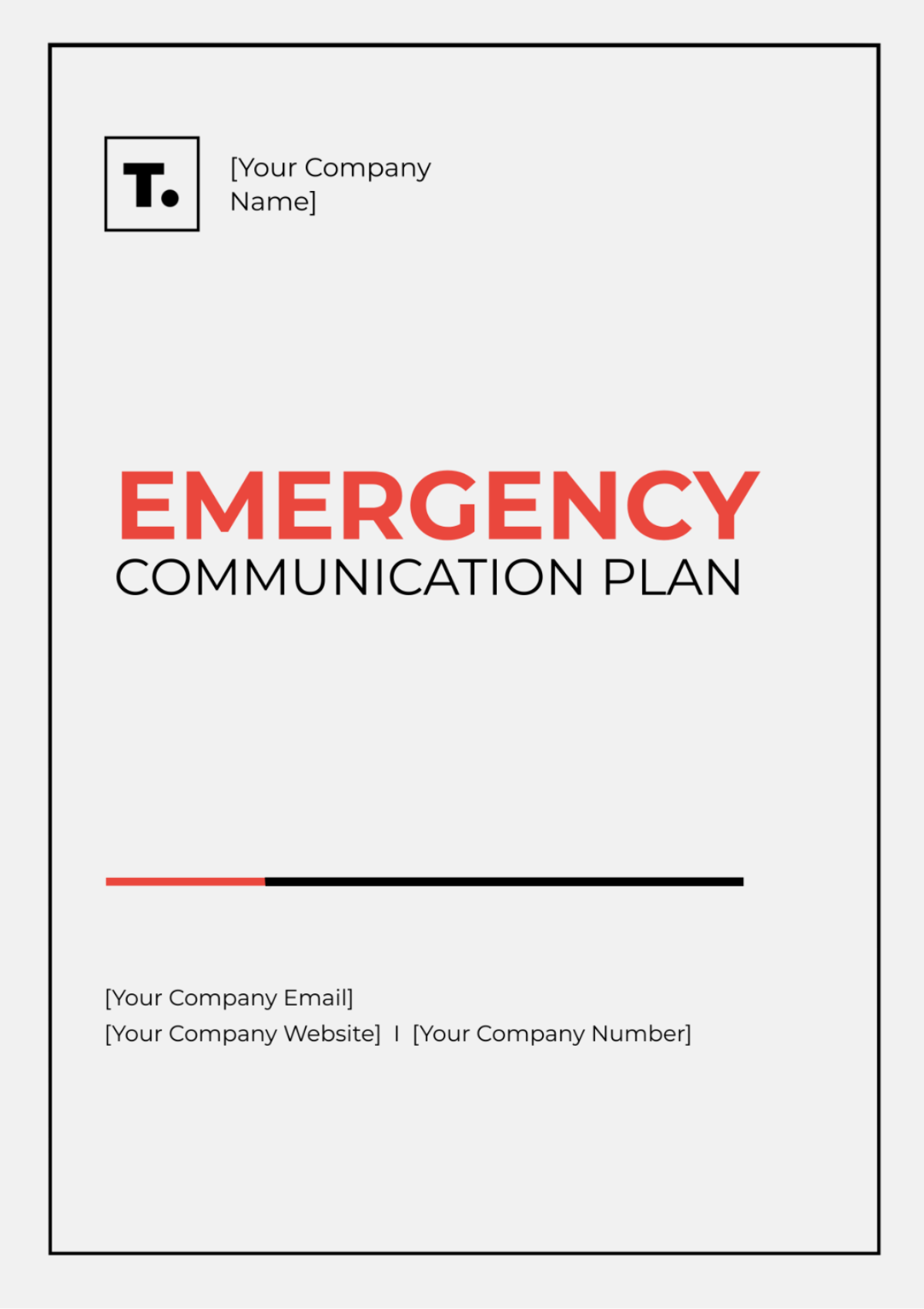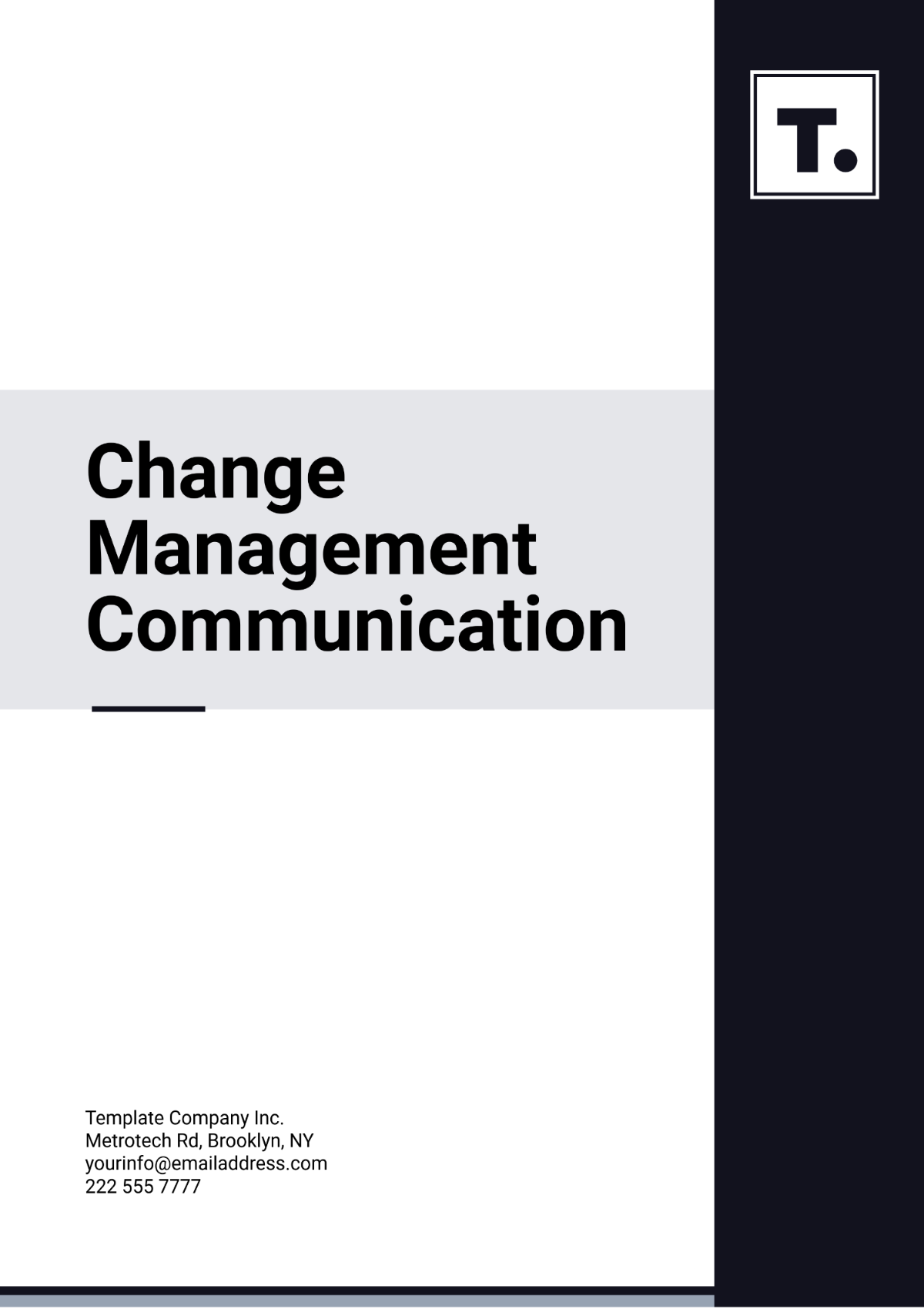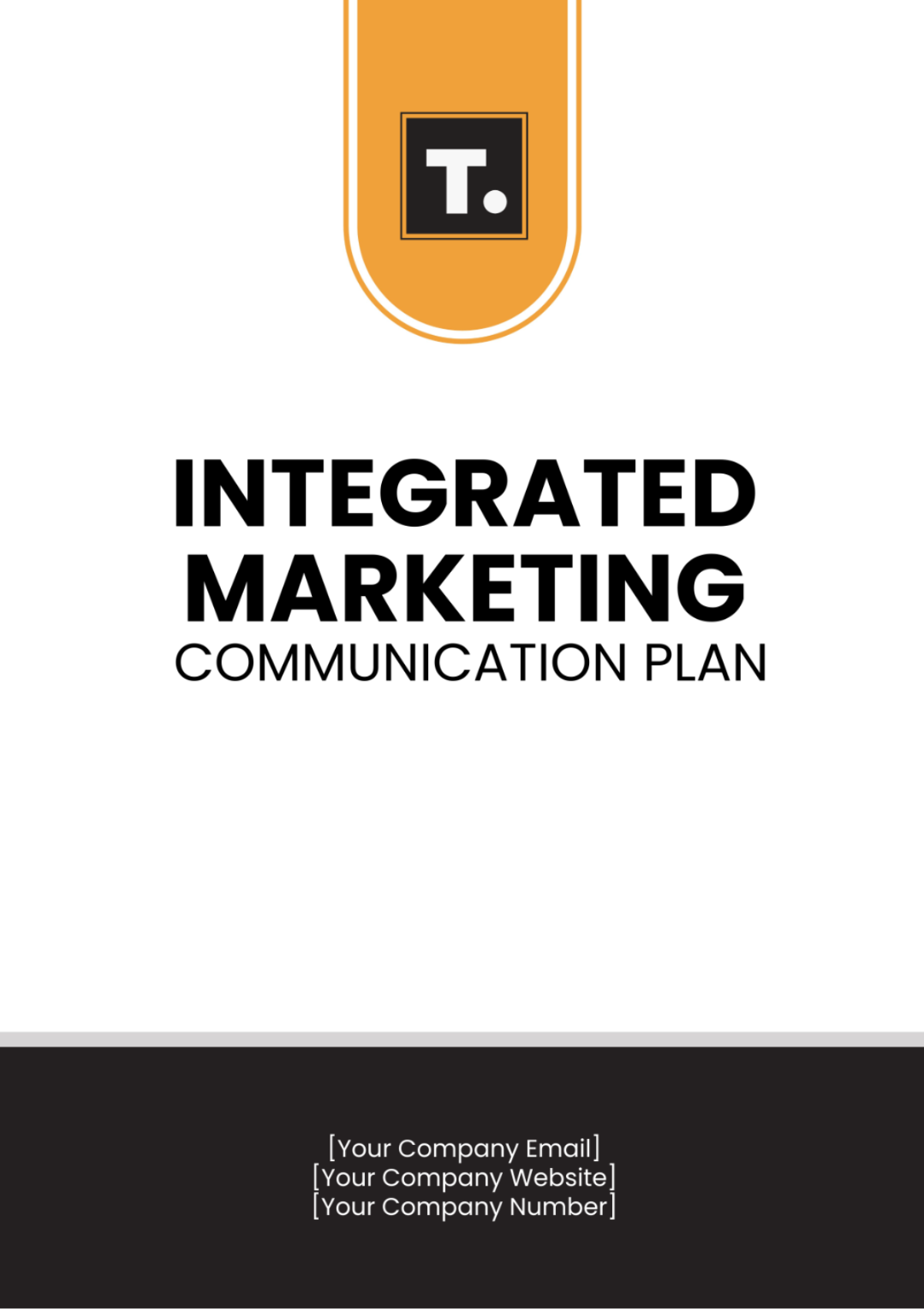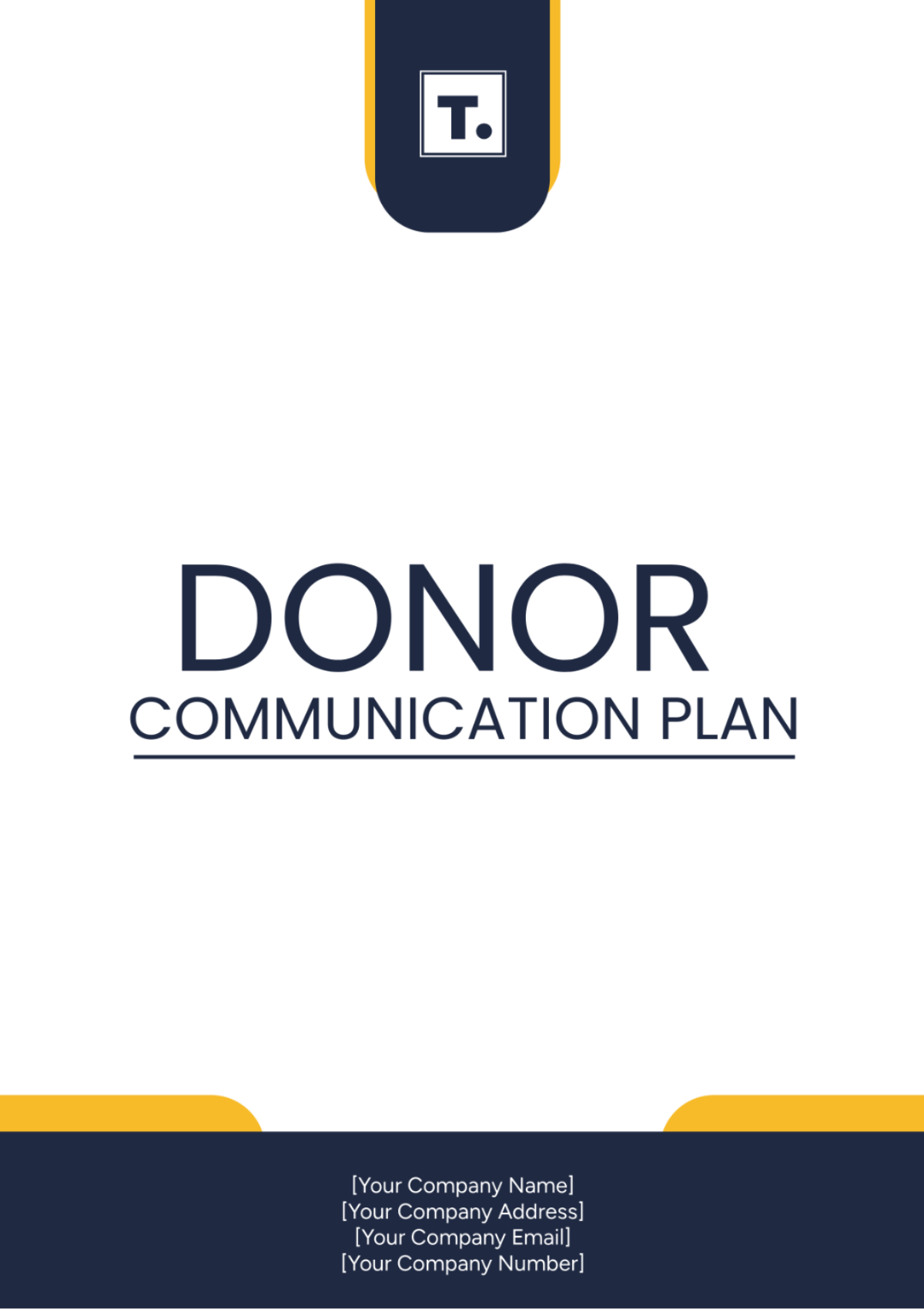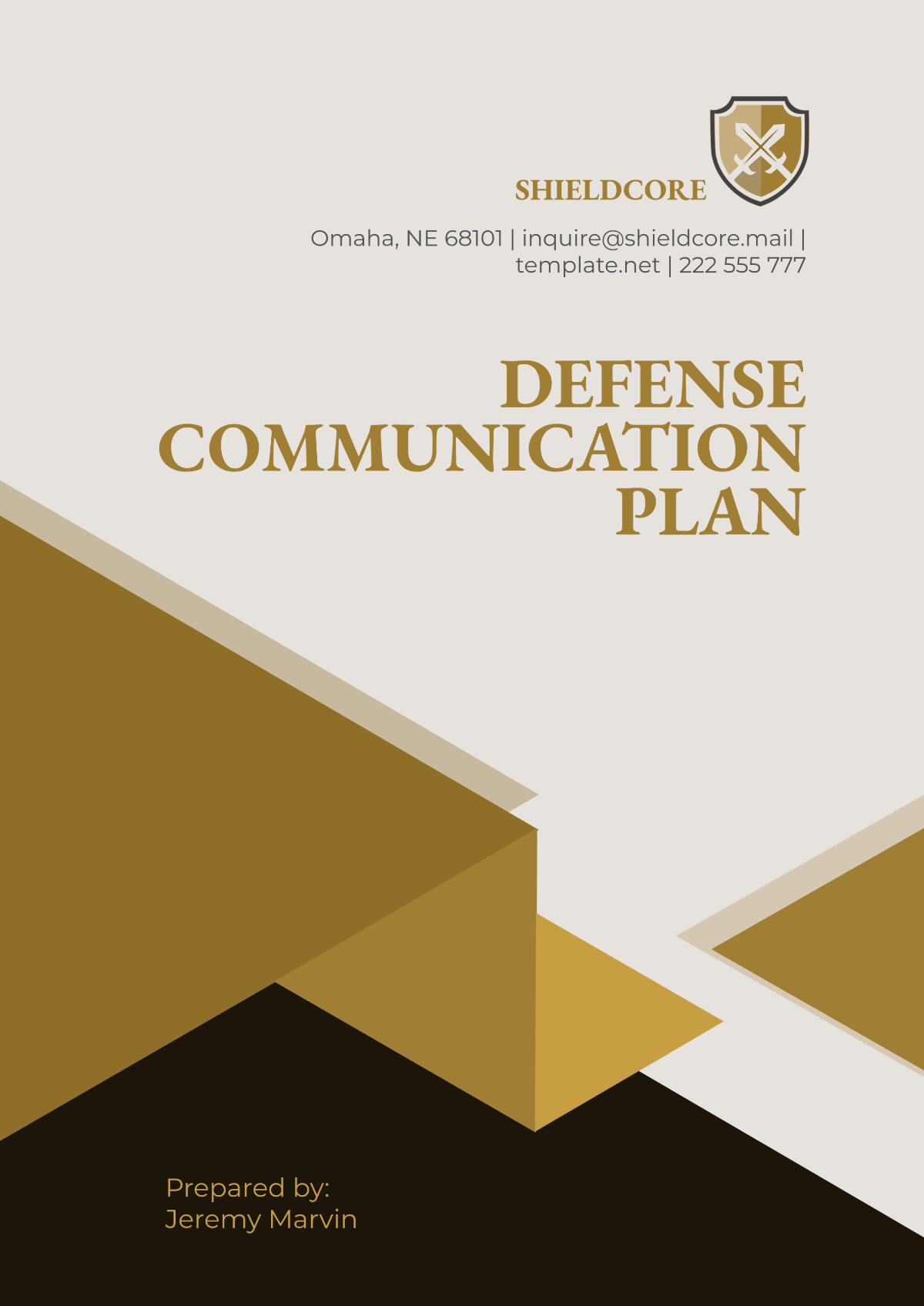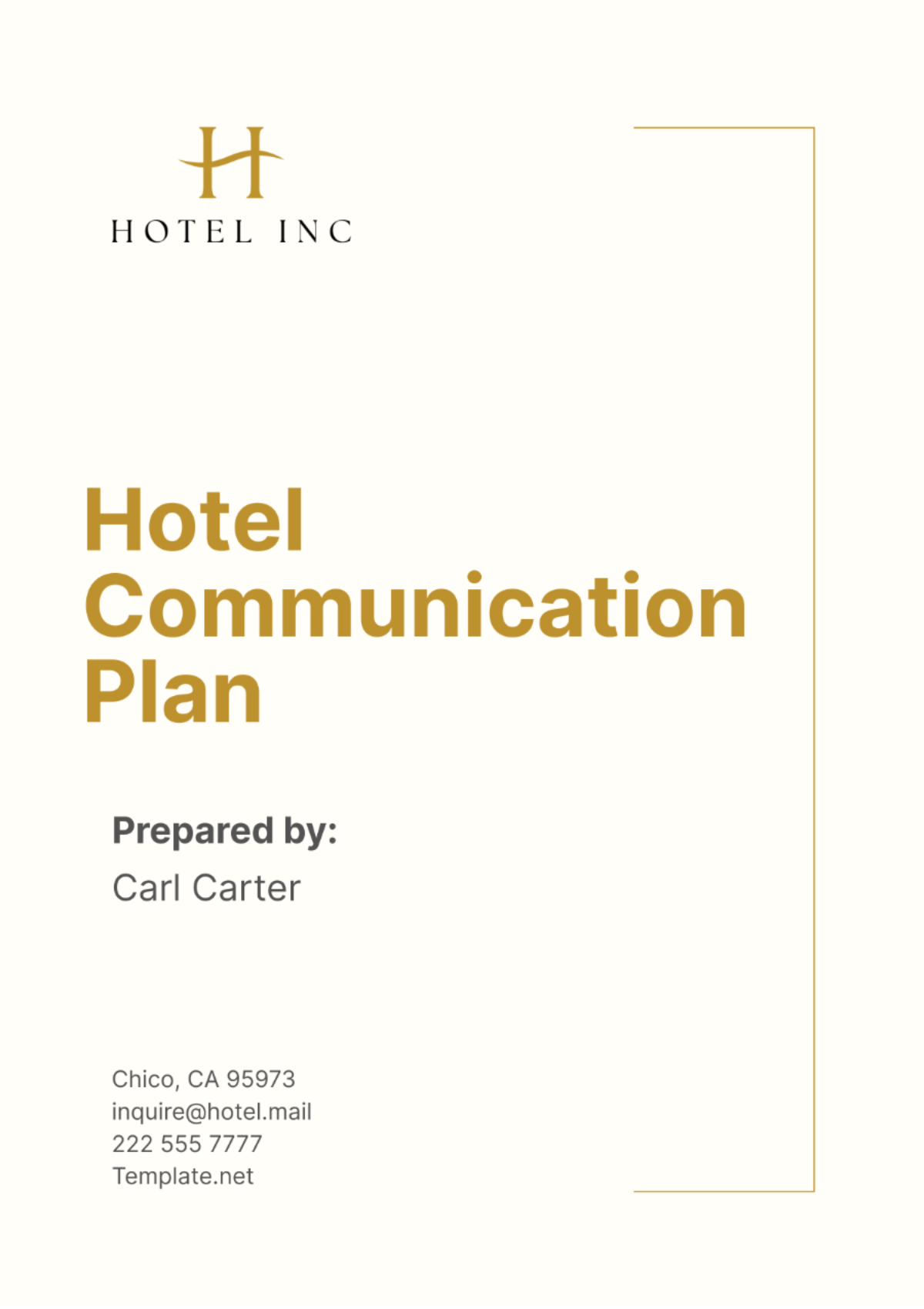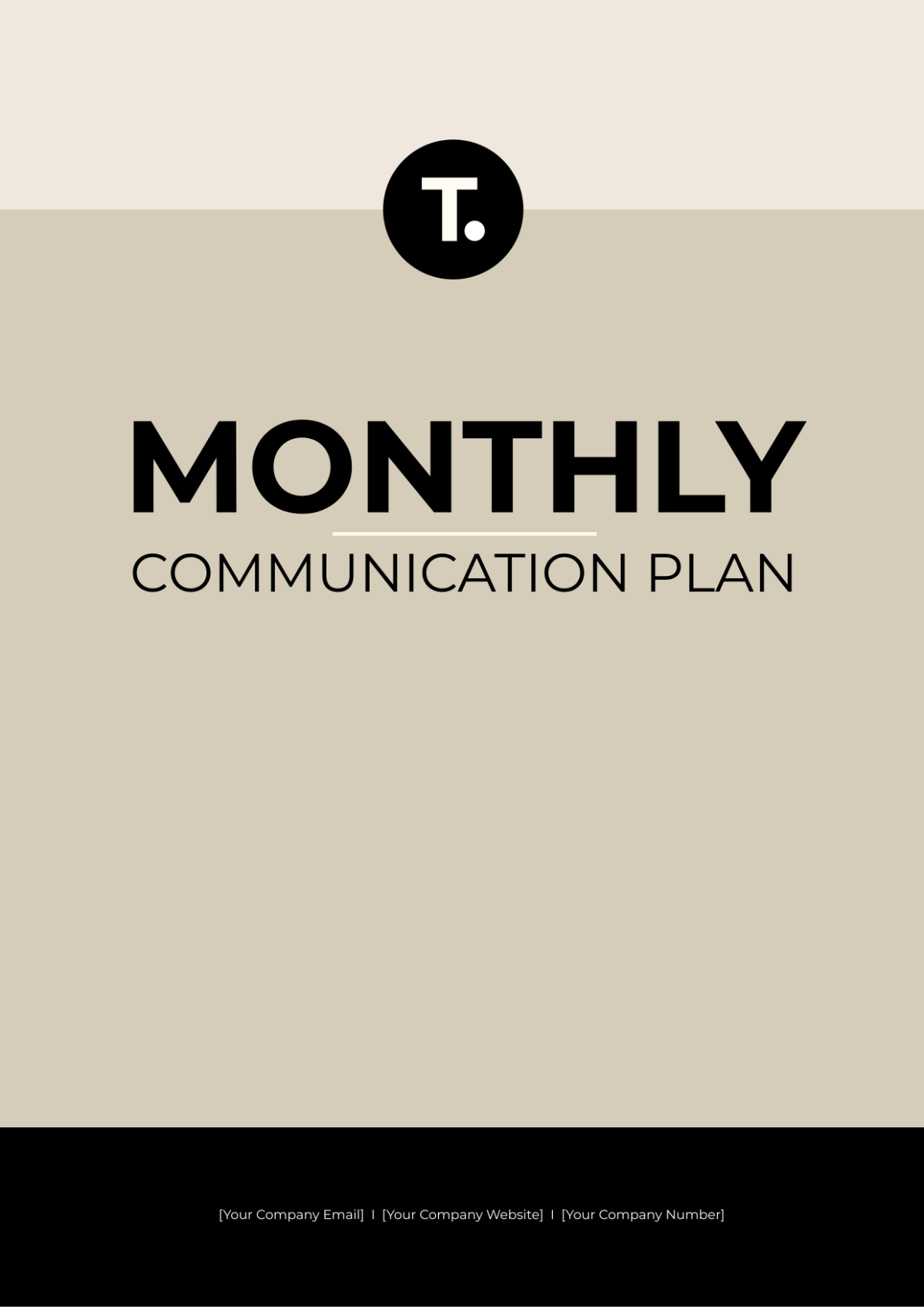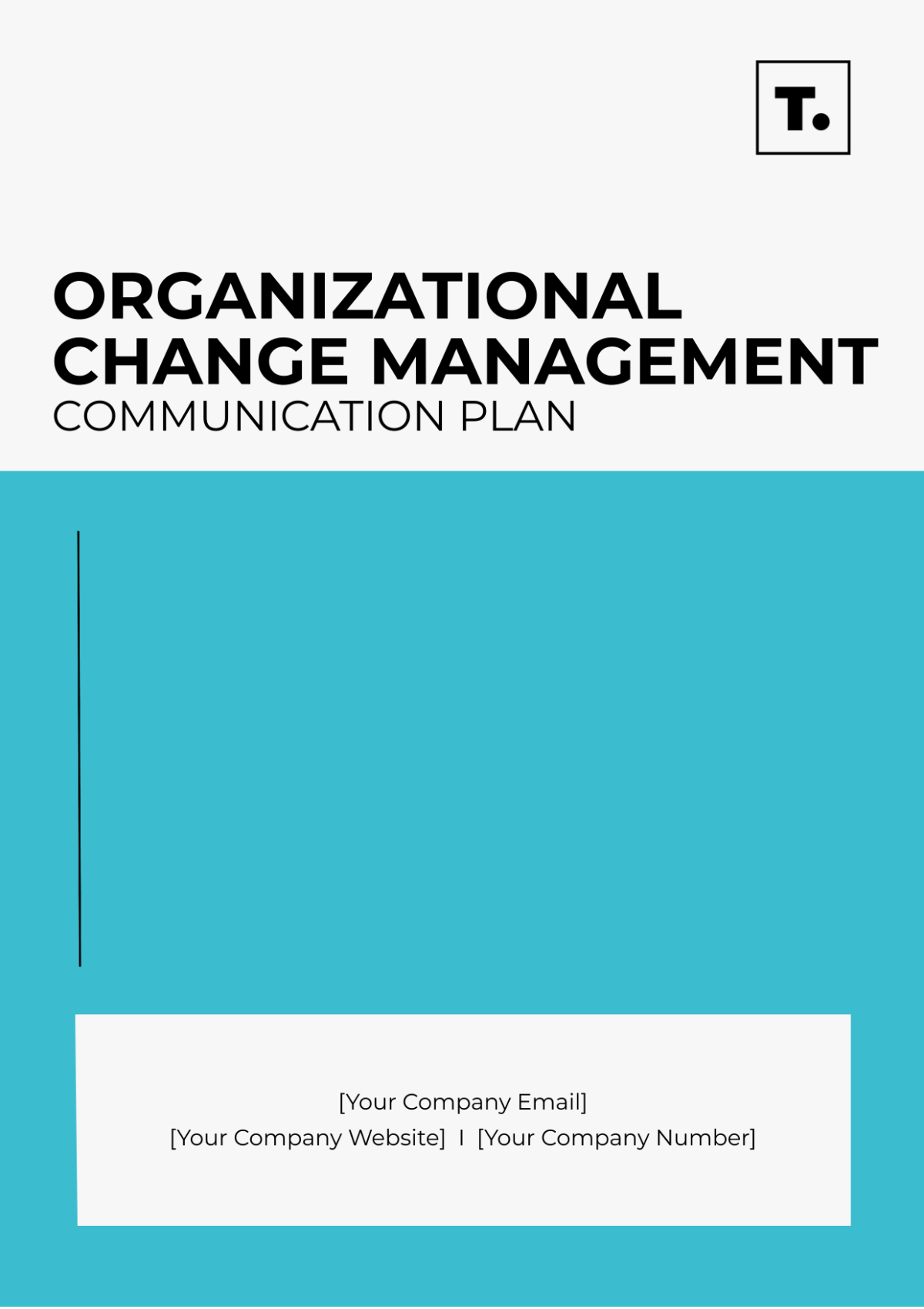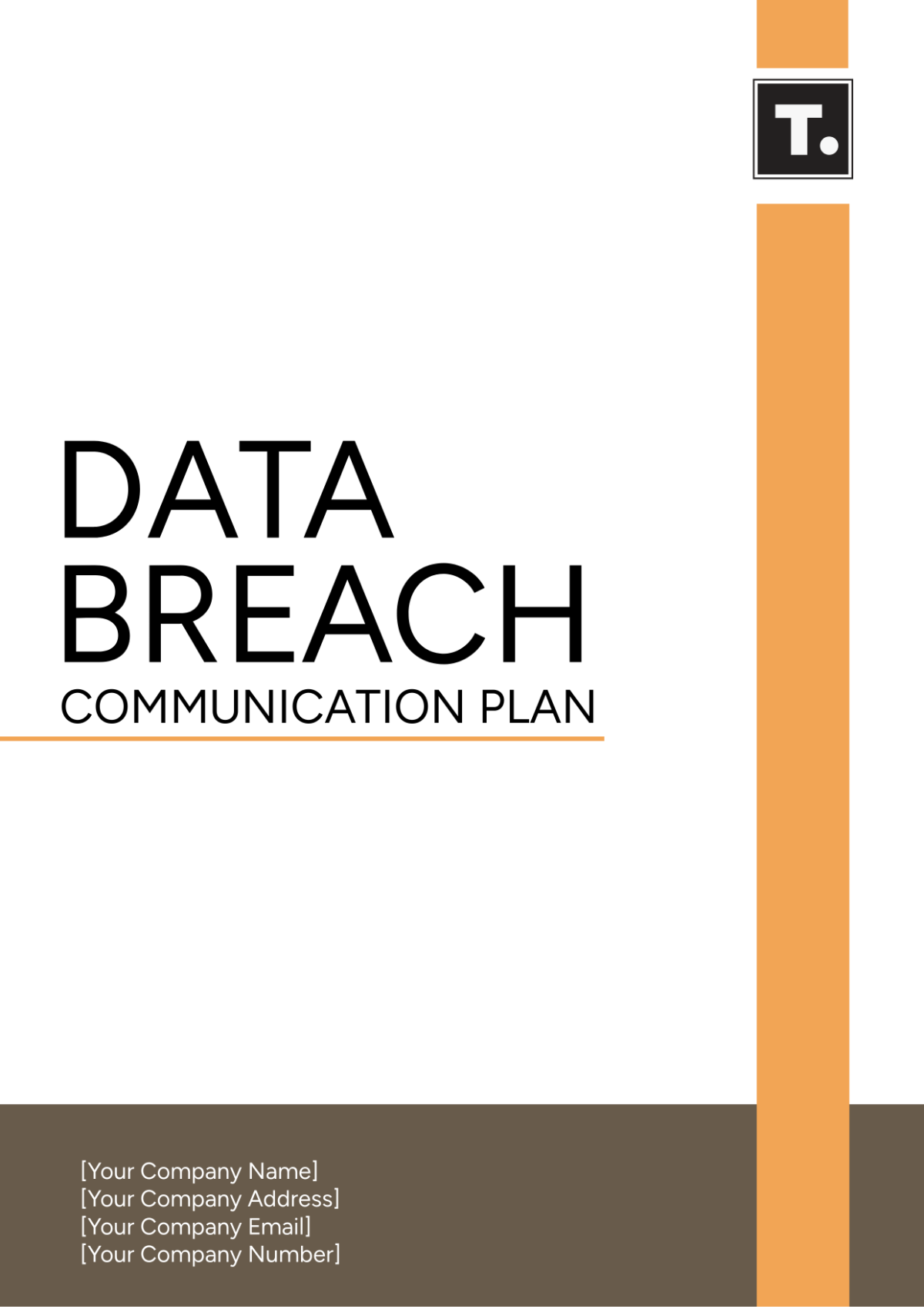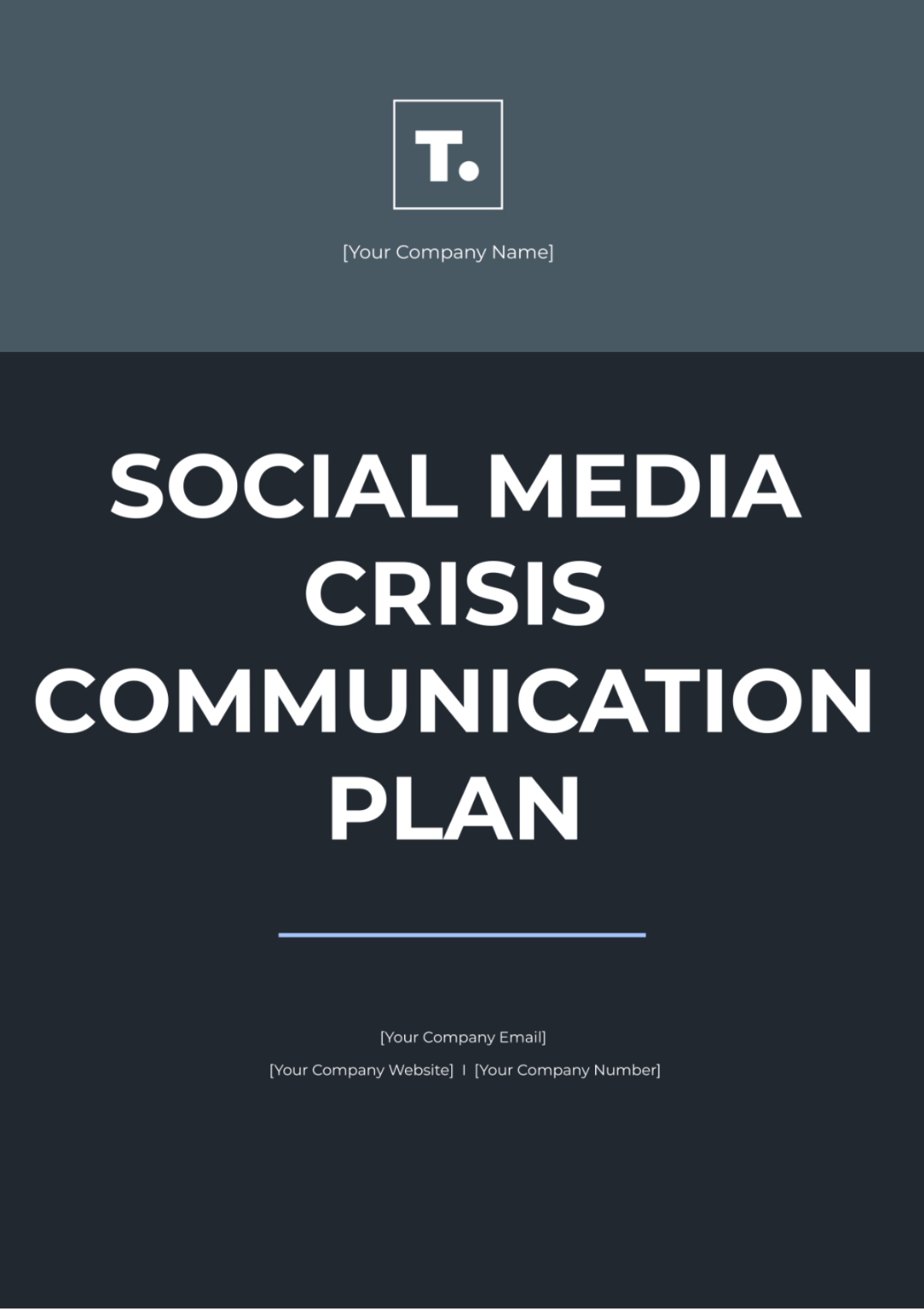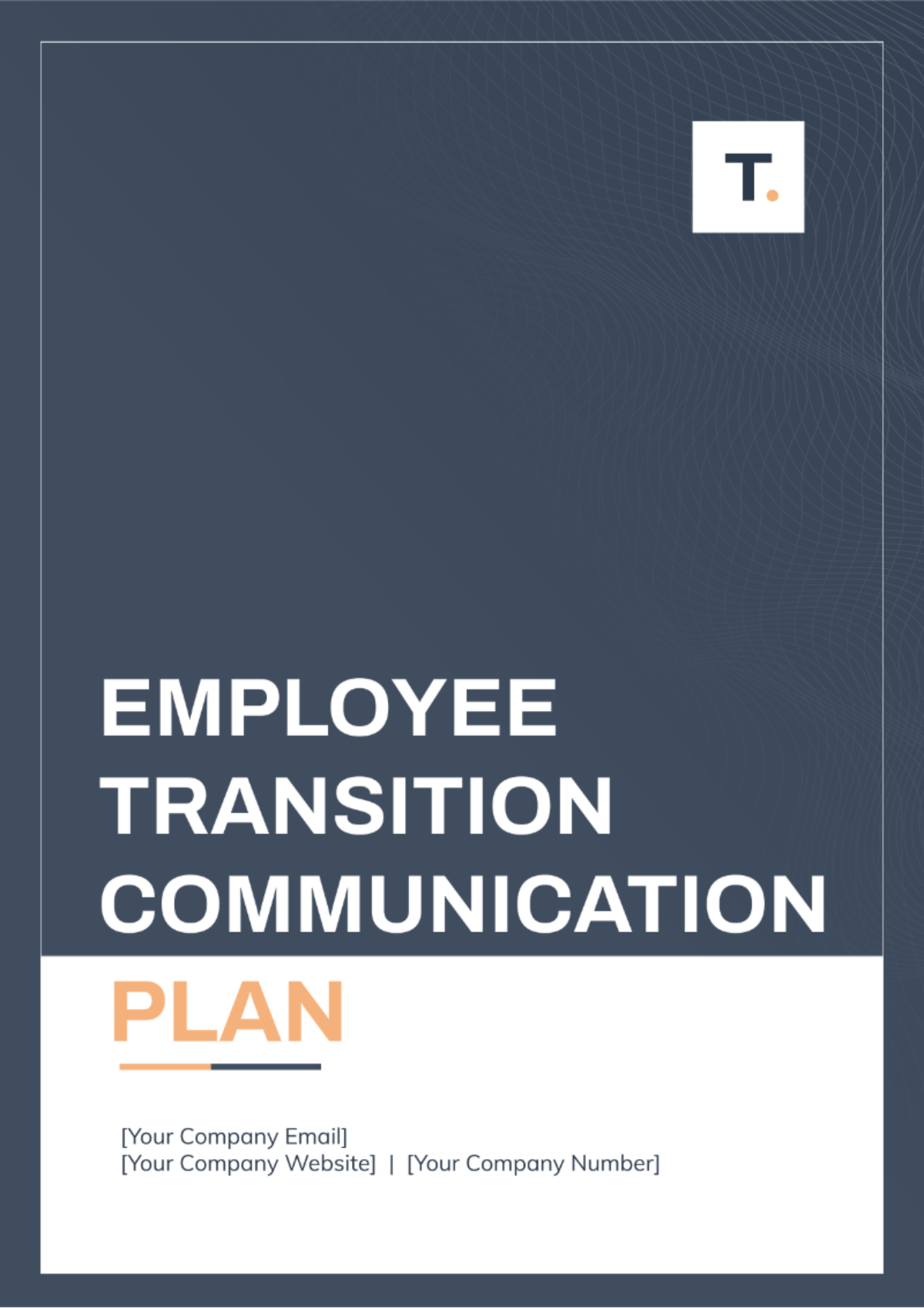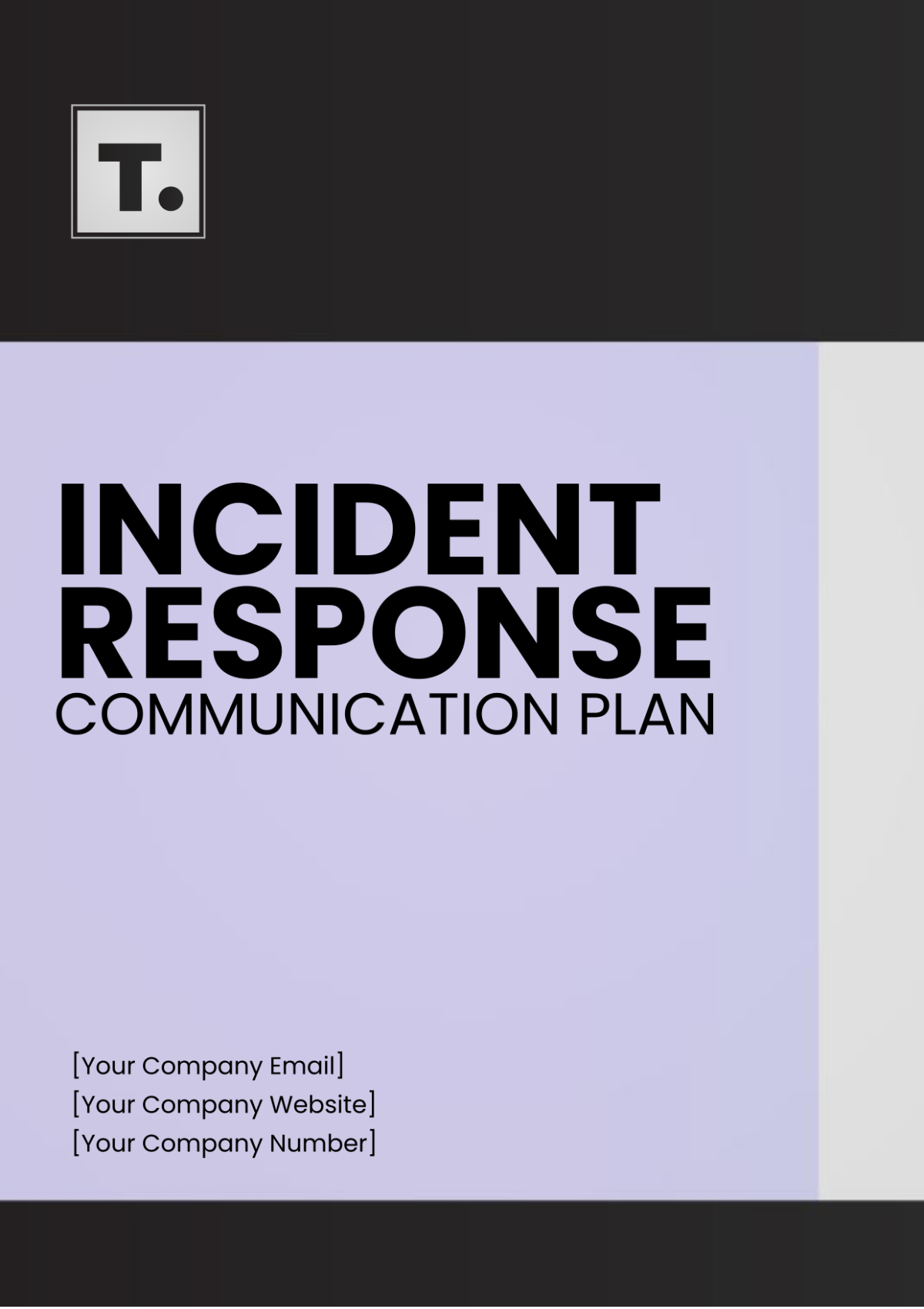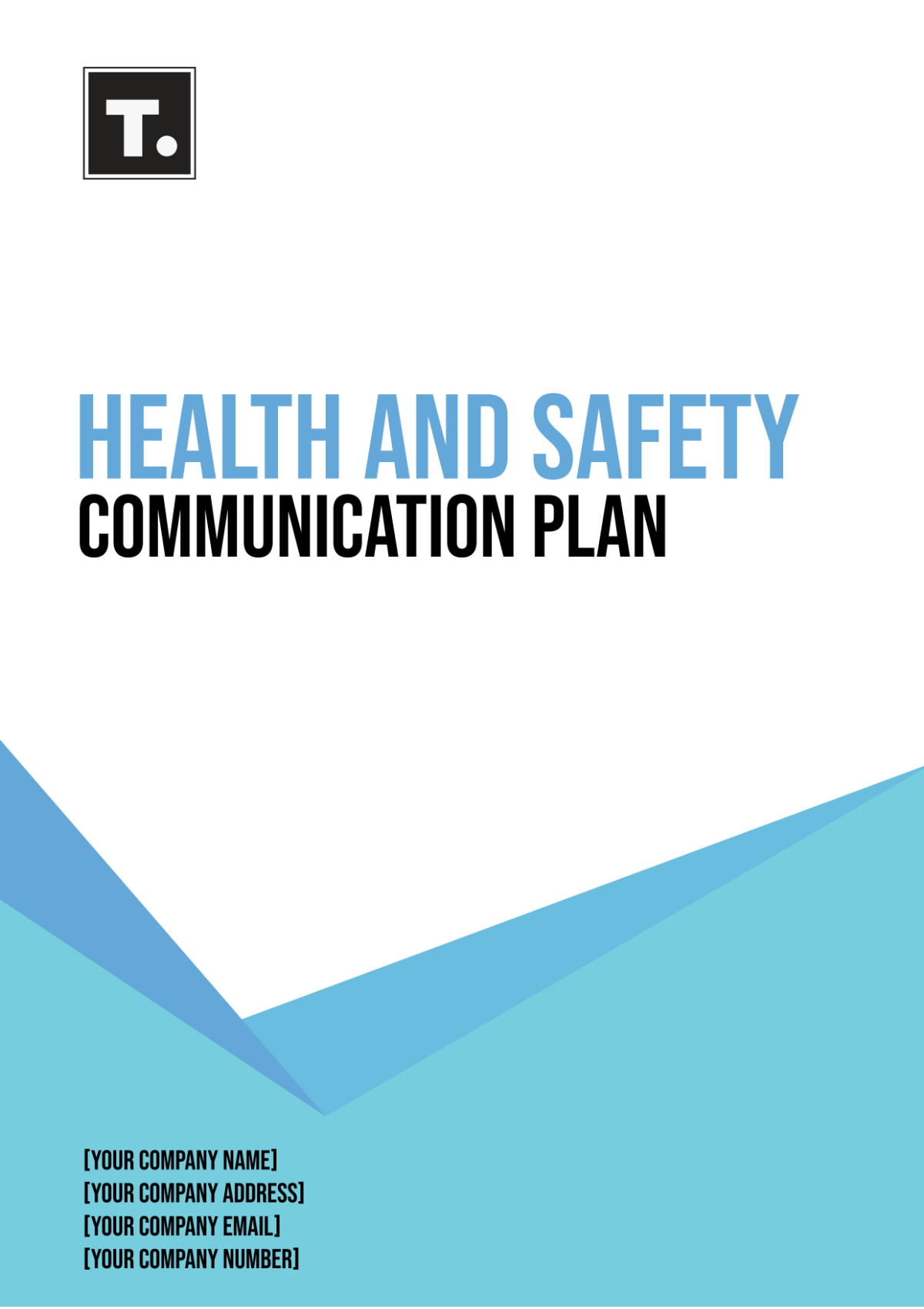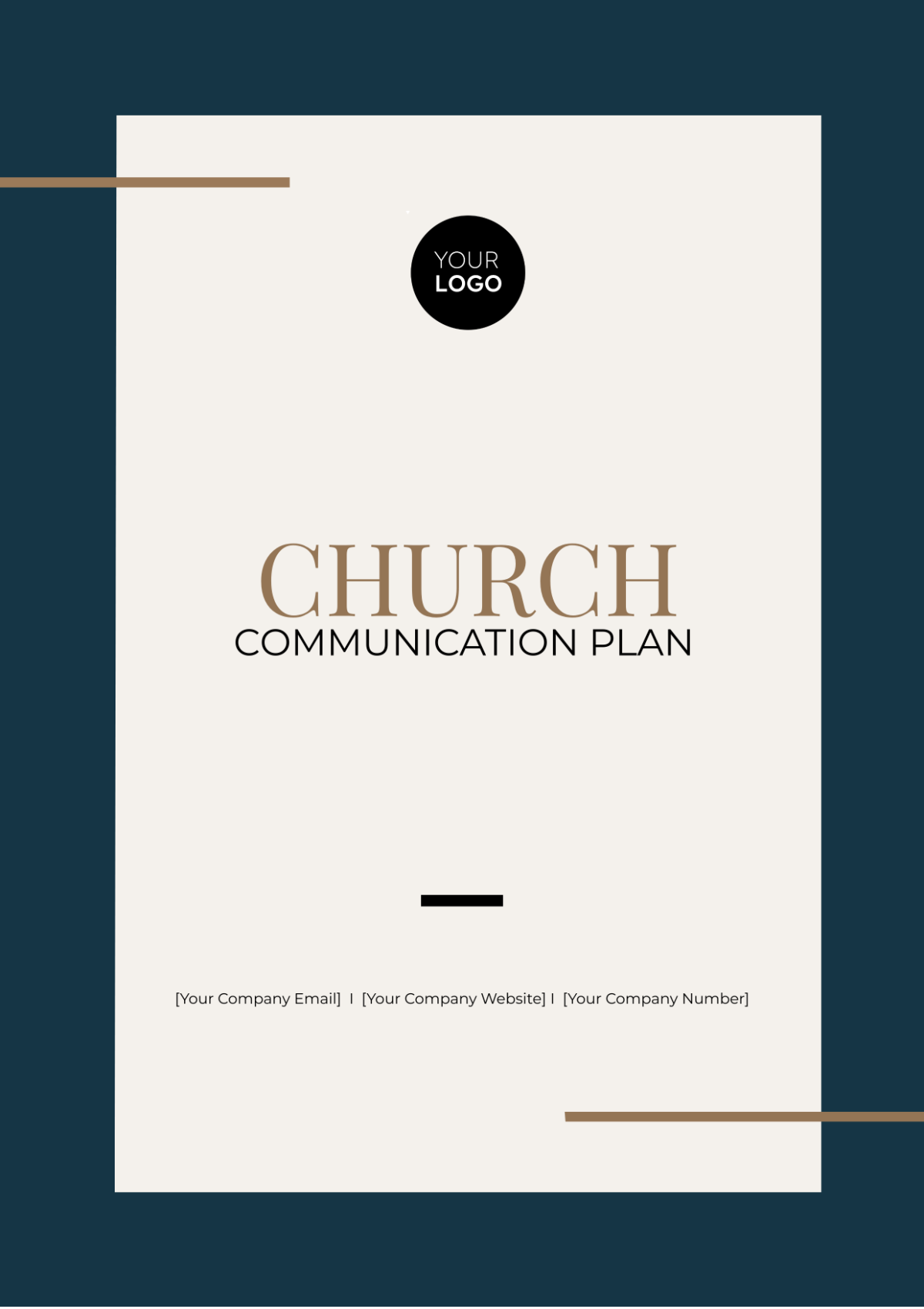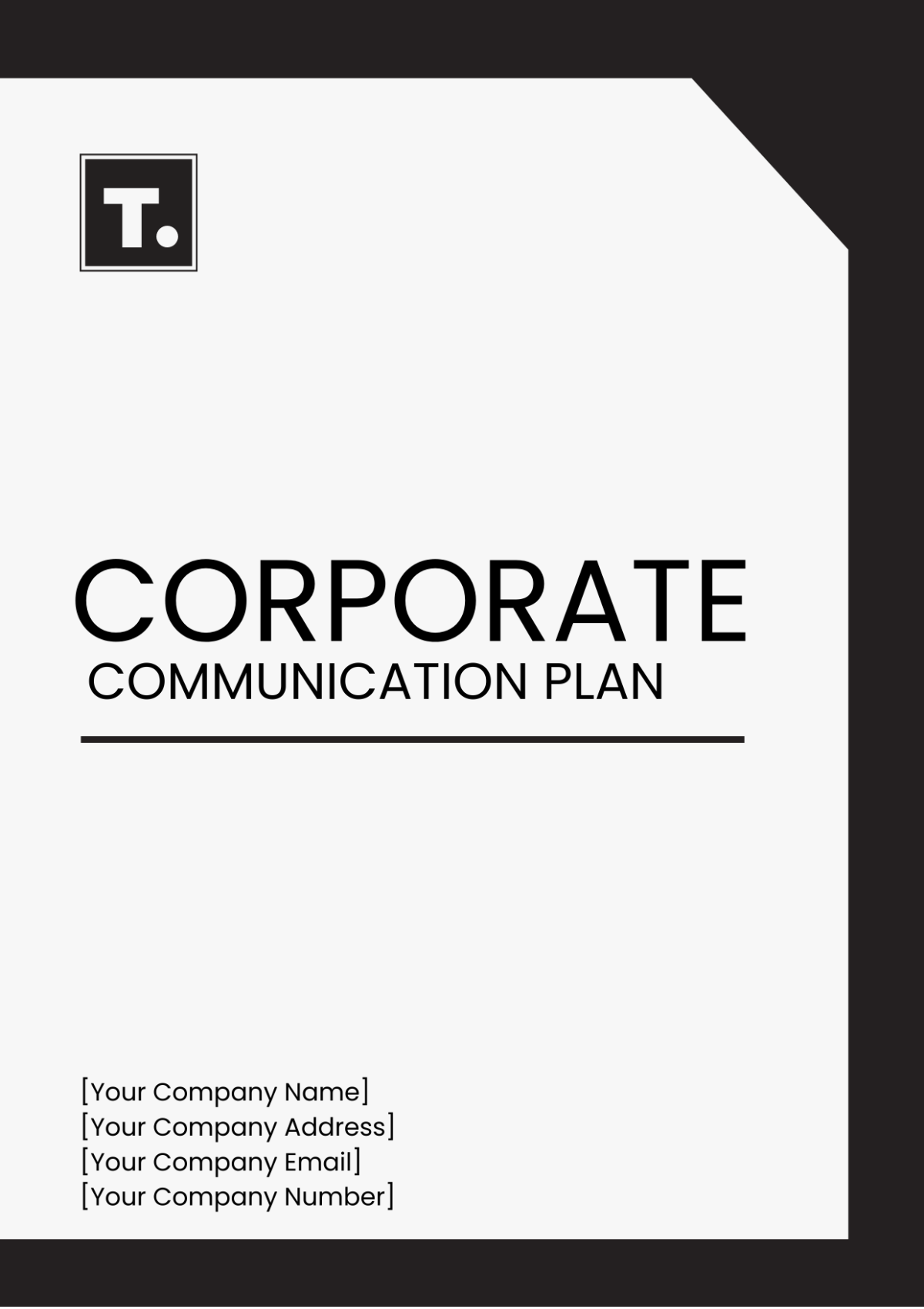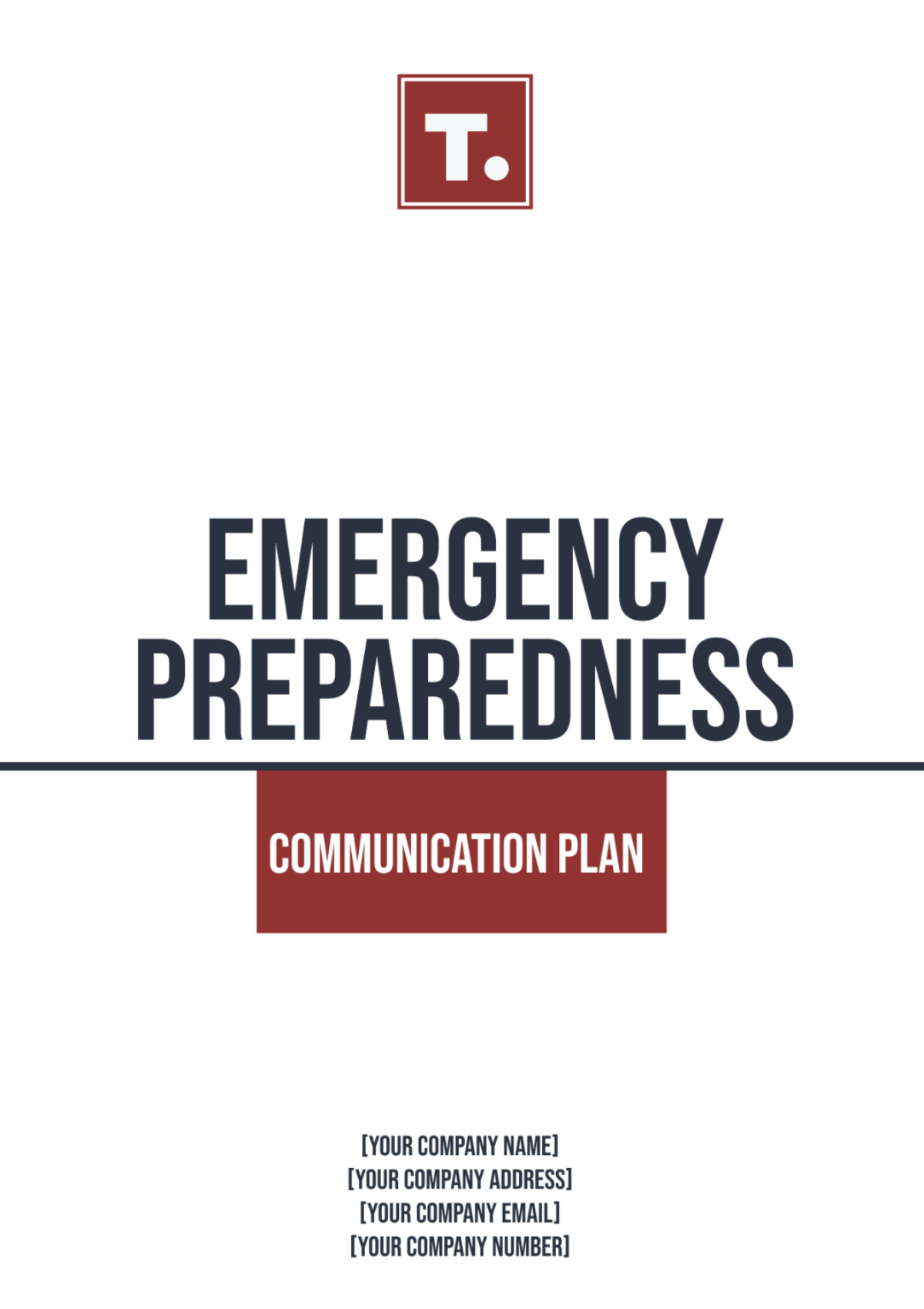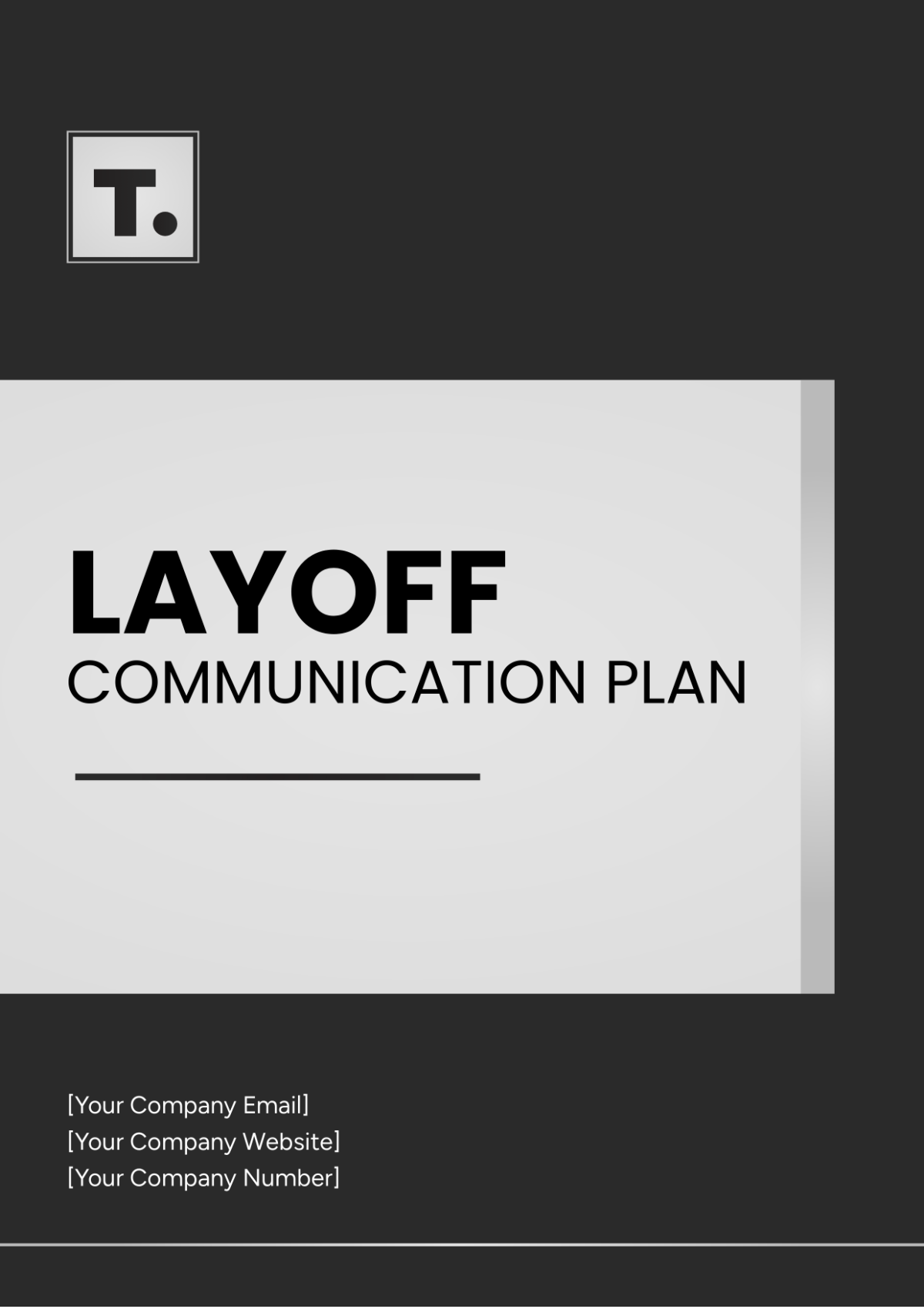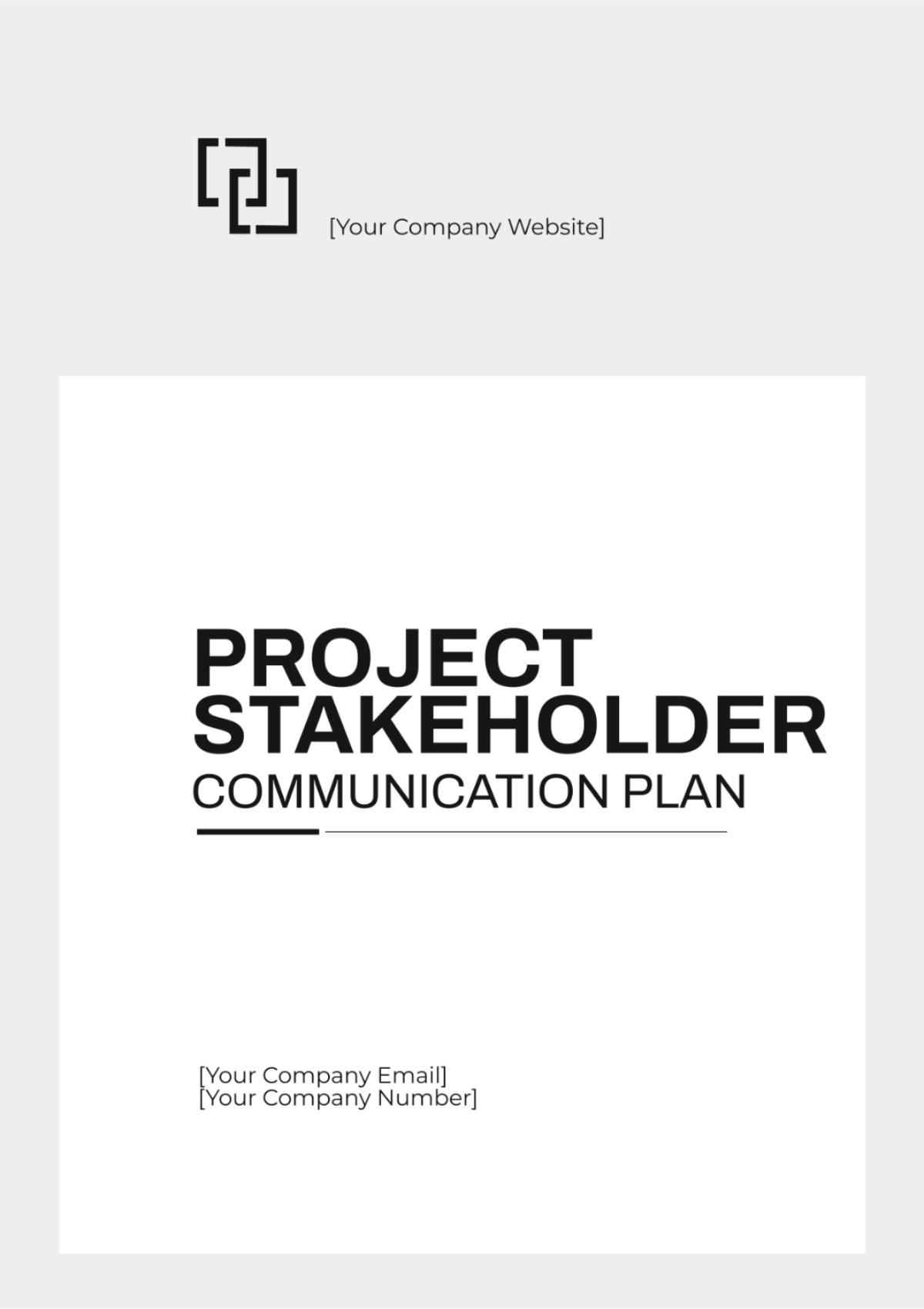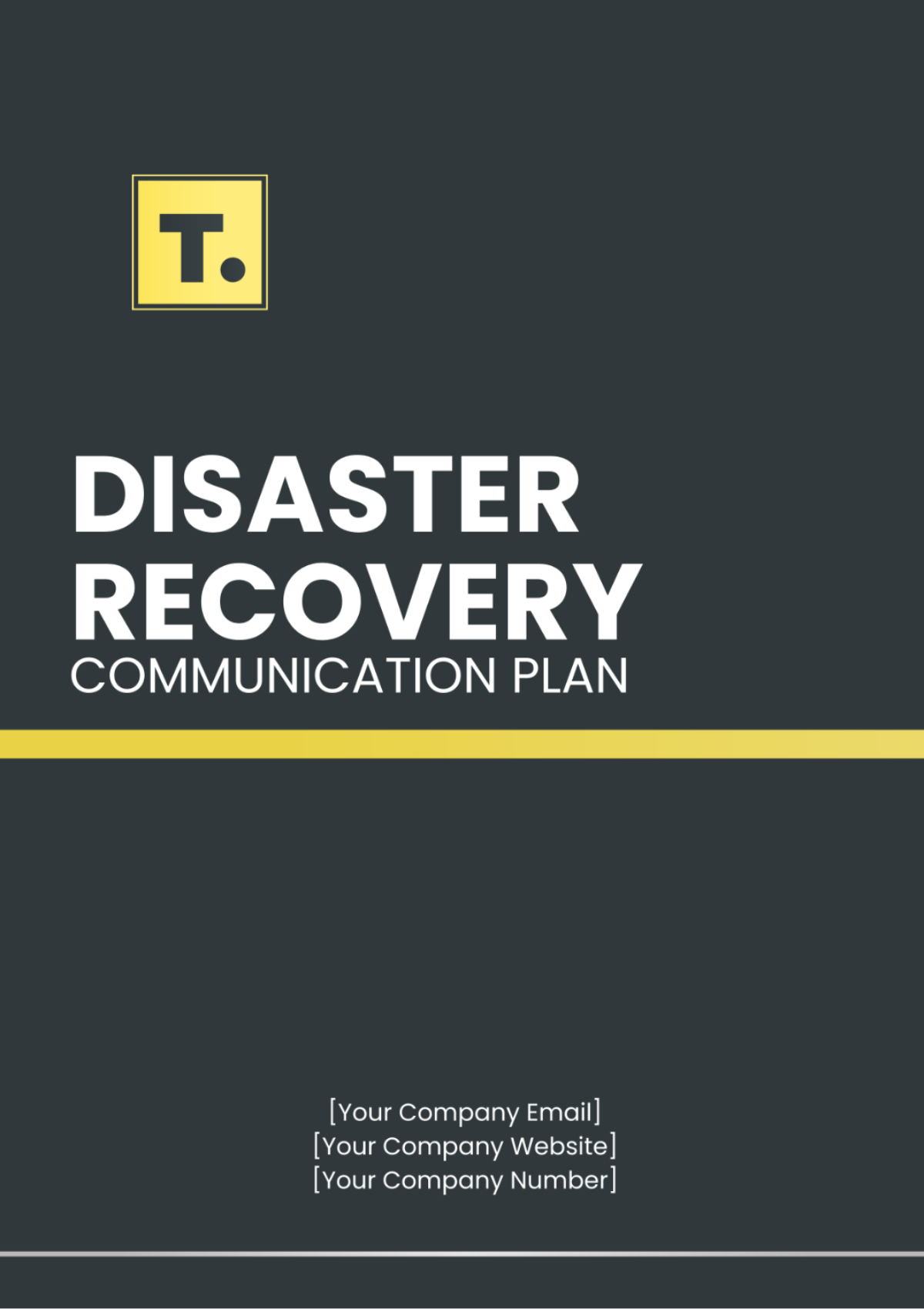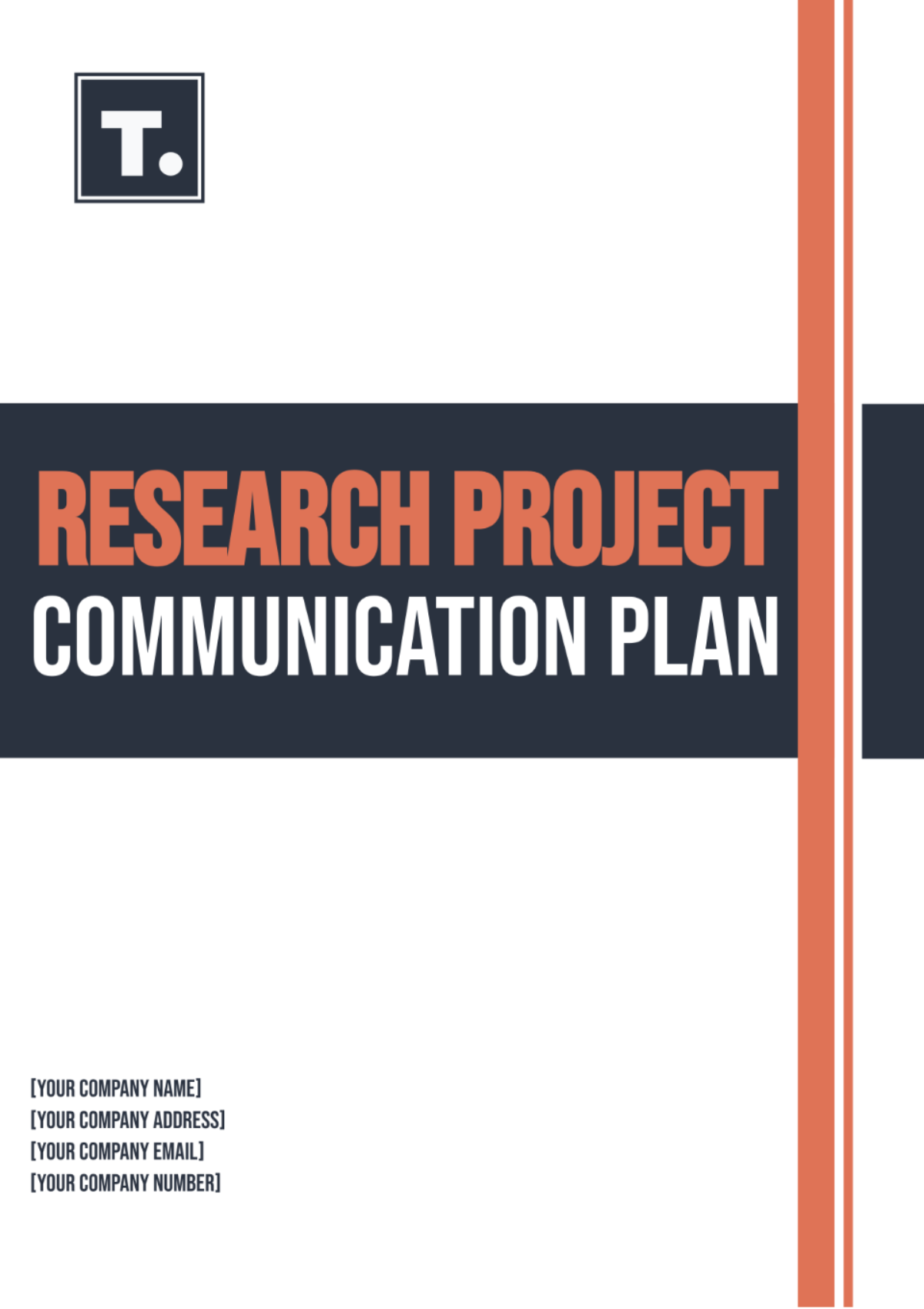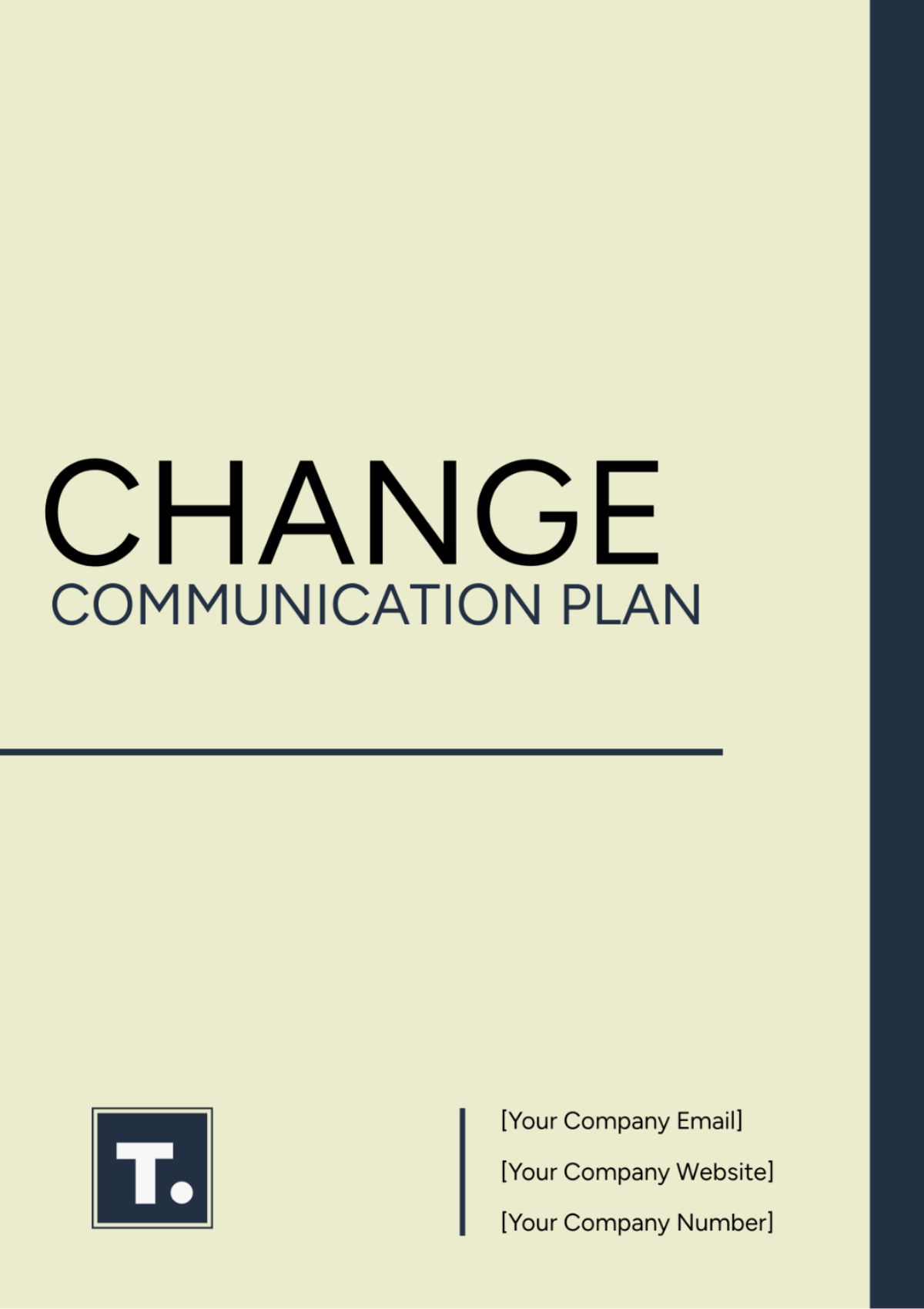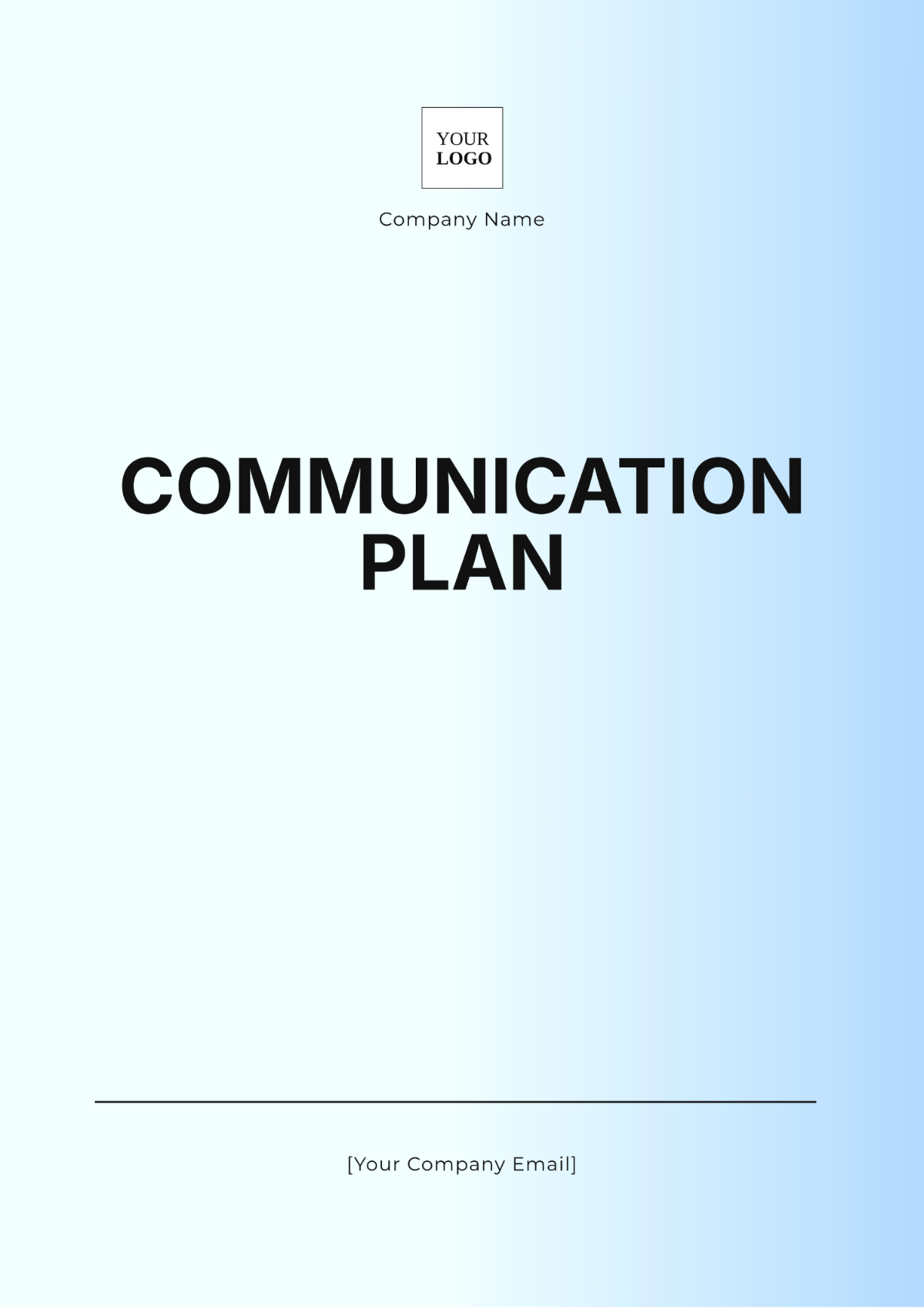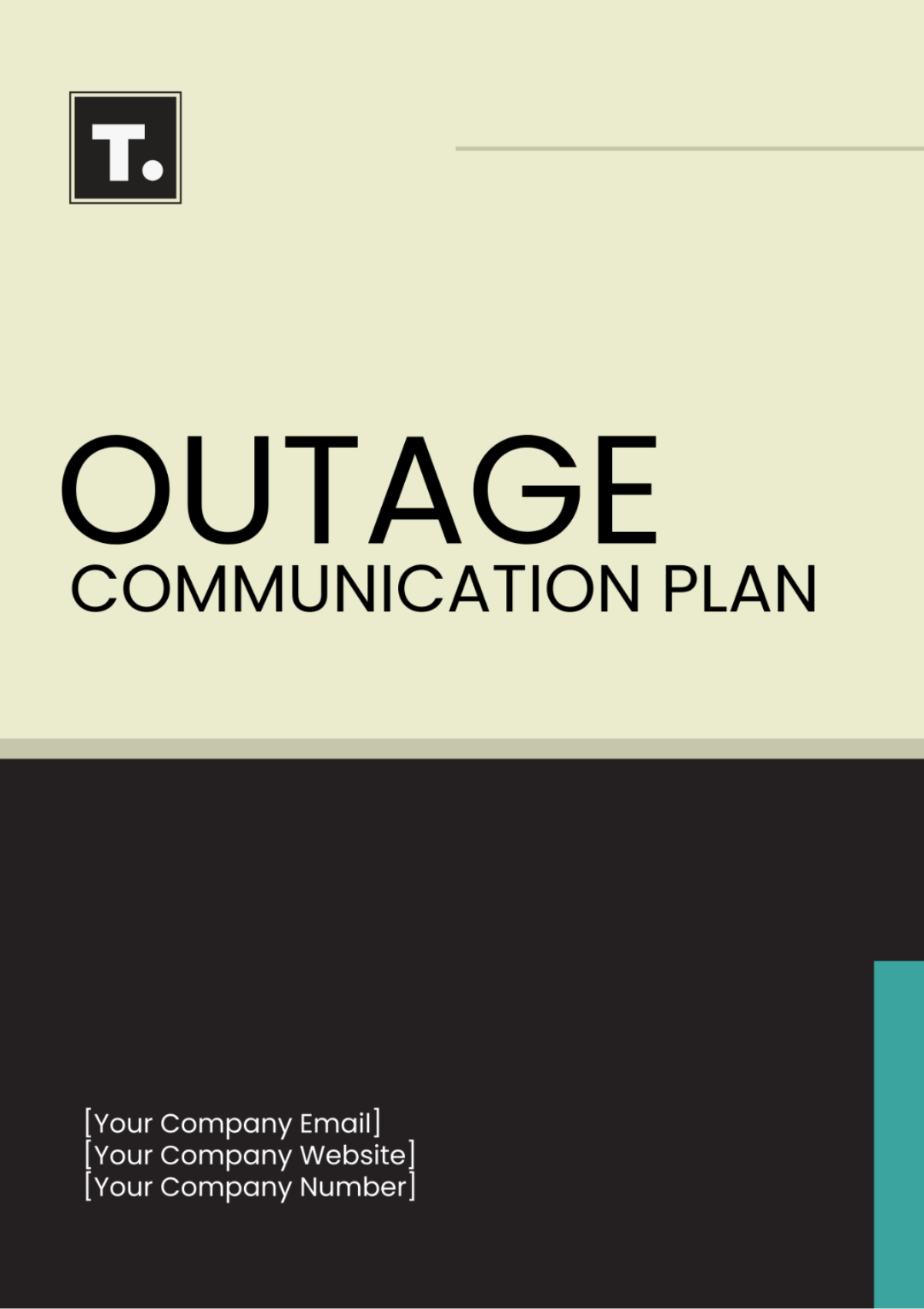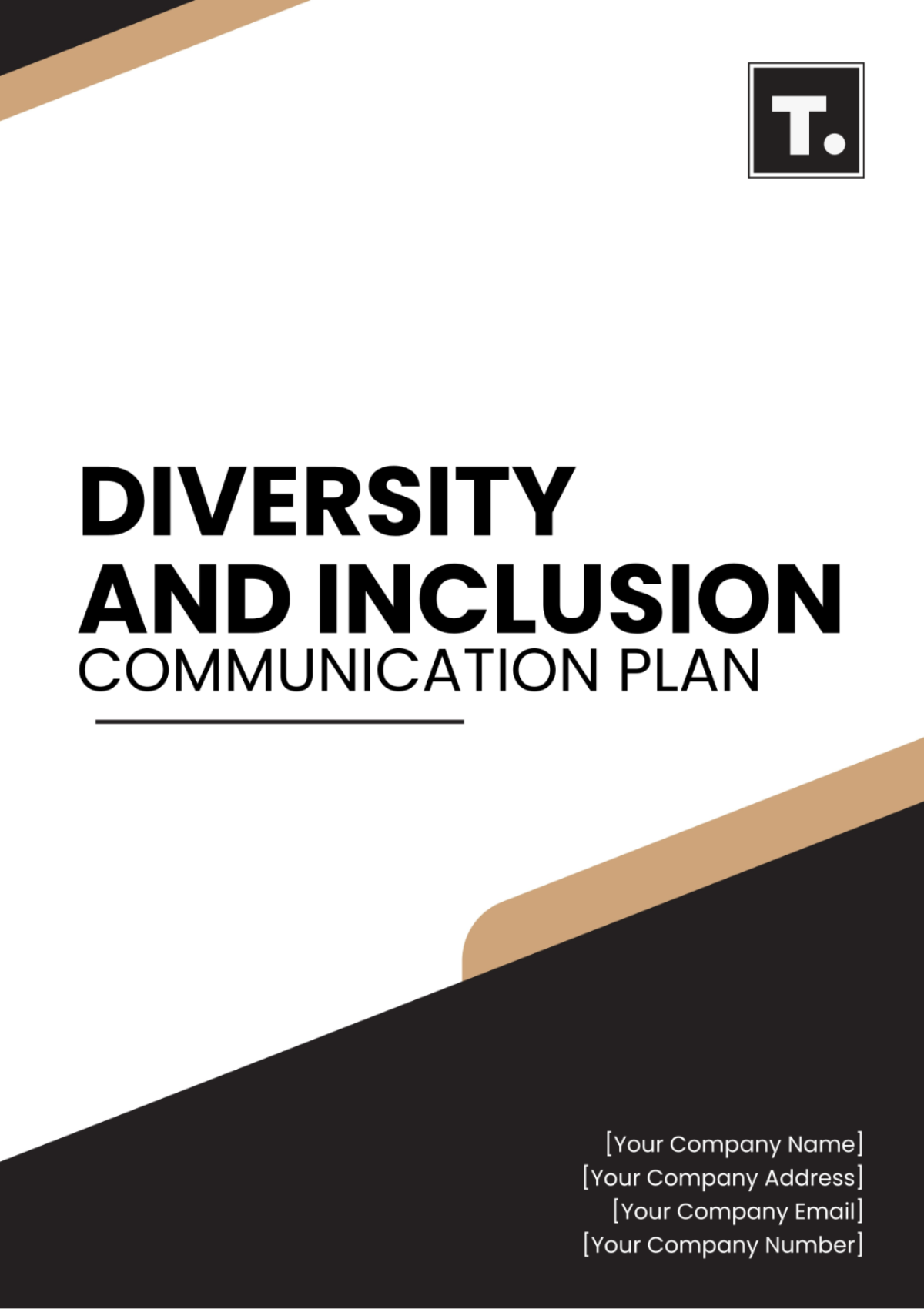Go-to-Market Communication Plan
1. Executive Summary
1.1 Purpose of the Plan
The Go-to-Market (GTM) Communication Plan for [Your Company Name] serves as a comprehensive strategic framework for successfully launching our new product line in [Year: 2050]. The primary purpose of this plan is to ensure all communication efforts are aligned, consistent, and effectively promote our brand and product offerings. This plan will act as a guiding document to help us navigate through various stages of the product launch, from initial awareness to post-launch engagement. It outlines the approach we will take to convey our product value to our target audiences and drive market penetration.
1.2 Objectives
The key objectives of this GTM Communication Plan include:
Increase Brand Awareness: Achieve a [25%] increase in brand awareness among the target audience by [Year: 2051]. This will involve strategic outreach and focused marketing campaigns designed to elevate our visibility within key demographics.
Drive Customer Engagement: Generate [50,000] leads through various communication channels within the first year of the product launch. This objective will be supported by targeted messaging and engaging content that resonates with potential customers.
Enhance Customer Loyalty: Improve customer retention rates by [15%] by the end of [Year: 2052]. This will be achieved through personalized communication strategies and exceptional customer service that foster long-term relationships.
1.3 Key Stakeholders
Identifying key stakeholders is crucial for the success of this plan. The stakeholders include:
Stakeholder | Role | Responsibilities |
|---|---|---|
Executive Team | Decision Makers | Provide strategic direction and approve budgets, ensuring alignment with overall business goals. |
Marketing Team | Execution | Develop and implement communication strategies, oversee content creation, and manage marketing campaigns. |
Sales Team | Customer Interaction | Engage with customers, provide feedback to the marketing team, and contribute to lead generation efforts. |
Product Development | Product Experts | Ensure messaging aligns with product features and benefits, and support marketing in addressing technical inquiries. |
Customer Support | Post-launch Support | Address customer inquiries and gather feedback, playing a crucial role in improving customer satisfaction. |
2. Market Analysis
2.1 Target Market
Understanding the target market is critical for effective communication. Our target market consists of the following segments:
Demographics:
Age: [18-45] years old, representing a dynamic group that includes both young adults and professionals.
Gender: Both male and female consumers who show a propensity to purchase our product offerings.
Income Level: [Middle to Upper Class] ($50,000 - $150,000 annual income) ensuring that our target demographic has the purchasing power to afford our products.
Psychographics:
Lifestyle: Tech-savvy individuals who value innovation and quality are often early adopters of new technologies and products. They are likely to be active on social media and engage with brands that resonate with their values.
Interests: Sustainability, health and wellness, and community involvement are critical areas of interest that influence purchasing decisions and brand loyalty.
Geographic Focus:
Urban and suburban areas in North America and Europe, particularly metropolitan regions with a high concentration of our target demographic, will be the primary focus for our marketing initiatives. These areas are characterized by diverse populations and a higher tendency to embrace innovative products.
2.2 Competitive Landscape
A comprehensive analysis of the competitive landscape will help us position ourselves effectively. Key competitors include:
Competitor | Strengths | Weaknesses |
|---|---|---|
Competitor A | Strong brand recognition and extensive distribution network, allowing for greater market penetration. | High price points that limit accessibility for price-sensitive consumers. |
Competitor B | Innovative product offerings and strong online presence, appealing to tech-savvy consumers. | Limited customer service support leading to potential dissatisfaction. |
Competitor C | Competitive pricing and strong loyalty programs that encourage repeat purchases. | Weak brand reputation in sustainability, which may deter environmentally conscious consumers. |
In evaluating these competitors, we will identify opportunities where [Your Company Name] can differentiate itself, such as focusing on superior customer service or a stronger commitment to sustainability. This analysis will also guide our messaging and positioning strategies.
2.3 Market Trends
Staying abreast of market trends is essential for maintaining competitiveness. Key trends affecting our market include:
Sustainability: There is a growing consumer demand for environmentally friendly products, significantly influencing purchasing decisions. Research indicates that [70%] of consumers express a preference for brands that prioritize sustainability, which creates an opportunity for us to position our products as eco-conscious alternatives.
Digital Transformation: Increasing reliance on digital platforms for shopping and product research has transformed consumer behavior. Statistics show that [60%] of consumers prefer online shopping experiences over in-store visits. This shift necessitates a robust digital marketing strategy to engage our audience effectively.
Health Consciousness: Rising interest in health and wellness is driving demand for products that support healthy living. Surveys reveal that [55%] of consumers are willing to pay more for products that are perceived as healthier, emphasizing the need for clear messaging about our product benefits in this area.
3. Positioning and Messaging
3.1 Brand Positioning Statement
Our brand positioning statement is designed to clarify our market stance and value proposition. It is as follows:
"[Your Company Name] is a leading provider of innovative, sustainable products designed for health-conscious consumers seeking quality and value. Our commitment to customer experience and environmental responsibility sets us apart, making us the preferred choice in our category. We strive to not only meet but exceed customer expectations through continuous innovation and engagement."
3.2 Key Messages
Key messages will be crafted to communicate our value effectively. These messages include:
Innovation: "Experience the future of products that combine cutting-edge technology with eco-friendly practices. Our commitment to research and development ensures that you always have access to the best and most innovative solutions on the market."
Sustainability: "Join us in making a positive impact on the planet by choosing products that are designed with the environment in mind. Our sustainable practices not only reduce our carbon footprint but also empower you to make responsible purchasing choices."
Quality and Value: "Discover the perfect balance of quality and affordability, ensuring you get the best for your investment. We believe that high-quality products should be accessible to everyone, and we strive to deliver exceptional value in everything we do."
3.3 Value Proposition
Our value proposition articulates the unique benefits our products offer to consumers. It is articulated as:
"At [Your Company Name], we offer innovative products that not only meet your needs but also align with your values. Our commitment to sustainability and quality ensures that you are making a responsible choice without compromising on performance. We leverage advanced technologies and eco-friendly materials to deliver products that enhance your life while preserving the planet for future generations."
4. Communication Strategy
4.1 Communication Channels
Utilizing a diverse range of communication channels is essential for reaching our audience effectively. Our chosen channels include:
Channel | Description |
|---|---|
Social Media | Platforms such as Facebook, Instagram, and Twitter will be used to engage with audiences, share valuable content, and create brand advocates. Regular posts, stories, and engagement tactics will keep our audience informed and connected. |
Email Marketing | Targeted email campaigns will be employed to communicate product launches, special promotions, and personalized offers. These emails will be segmented based on consumer preferences and behaviors for greater effectiveness. |
Content Marketing | Blogs, videos, and infographics will be created to inform and educate consumers about our products, sustainability efforts, and health benefits. Valuable content will position us as thought leaders in our industry. |
Public Relations | Press releases and media outreach will be utilized to garner attention from industry influencers and media outlets, driving awareness and credibility for our brand. We will aim to feature our products in relevant publications and news outlets. |
Events and Sponsorships | Participating in trade shows and sponsoring community events will enhance brand visibility and customer engagement. We will focus on events that align with our brand values and attract our target demographics. |
By leveraging multiple channels, we will create a holistic approach that reinforces our messaging and ensures consistent brand presence across platforms.
4.2 Content Strategy
A well-defined content strategy is essential for consistent messaging. The content plan includes:
Types of Content:
Educational Blogs and Articles: These will cover topics related to sustainability, product benefits, and consumer insights. Blog posts will provide value to our audience while enhancing our SEO efforts.
Visual Content: Infographics and videos will highlight product features and usage, making information more accessible and engaging.
User-Generated Content: Encouraging customers to share their experiences with our products will build community and trust, showcasing real-life applications and satisfaction.
Content Calendar:
A monthly content calendar will be created to schedule all content releases, ensuring a steady flow of information and engagement. The calendar will include topics, publication dates, and assigned team members responsible for creation and distribution.
Month | Content Type | Topic | Responsible Party |
|---|---|---|---|
January | Blog | Benefits of Sustainable Living | Content Team |
February | Video | Product Showcase: Eco-Friendly Features | Media Team |
March | Infographic | Consumer Trends in Health and Wellness | Marketing Team |
April | User Story | Customer Testimonial: Real Impact | Customer Support |
4.3 Audience Segmentation
Segmenting our audience is essential for delivering tailored messaging. The segmentation strategy involves:
Demographic Segmentation: Classifying our audience based on age, gender, and income. This will enable us to create targeted messages that resonate with specific groups.
Behavioral Segmentation: Analyzing consumer behaviors, such as purchasing patterns and brand loyalty. This data will inform personalized communication strategies to increase engagement and conversion rates.
Psychographic Segmentation: Understanding the values and interests of our audience will allow us to create more meaningful connections. By aligning our messaging with their lifestyle choices, we can foster deeper brand loyalty.
5. Implementation Plan
5.1 Timeline
The implementation timeline outlines key milestones and deadlines to ensure timely execution of the communication strategy. The following table details the timeline for the product launch:
Phase | Activity | Start Date | End Date |
|---|---|---|---|
Planning | Finalize GTM Communication Plan | [January 1, 2050] | [January 31, 2050] |
Content Creation | Develop content and materials | [February 1, 2050] | [March 31, 2050] |
Campaign Launch | Begin communication across all channels | [April 1, 2050] | [April 30, 2050] |
Feedback and Adjustments | Collect feedback and adjust strategies | [May 1, 2050] | [May 31, 2050] |
Evaluation | Review KPIs and assess overall performance | [June 1, 2050] | [June 30, 2050] |
This timeline serves as a roadmap for our team to ensure that all activities are executed as planned, facilitating a successful product launch.
5.2 Roles and Responsibilities
Clearly defined roles and responsibilities will ensure accountability and efficient execution. The following table outlines the key roles:
Role | Responsibility |
|---|---|
Project Manager | Oversee the execution of the GTM Communication Plan, ensuring all teams meet their deadlines and objectives. |
Marketing Specialist | Develop and manage marketing campaigns, create content, and analyze performance metrics. |
Social Media Manager | Manage all social media channels, schedule posts, and engage with followers regularly. |
Content Creator | Generate creative content for blogs, videos, and promotional materials. |
Analytics Specialist | Monitor and analyze KPIs, provide reports, and suggest improvements based on data insights. |
This structure will facilitate effective communication within the team, ensuring everyone understands their roles in contributing to the overall success of the product launch.
5.3 Budget
Allocating a budget for the communication plan is critical for resource management. The budget breakdown includes:
Expense Category | Description | Estimated Cost ($) |
|---|---|---|
Content Creation | Costs associated with producing blogs, videos, and graphics | [15,000] |
Digital Marketing | Paid advertising on social media and Google Ads | [30,000] |
Events and Sponsorships | Fees for participating in trade shows and community events | [20,000] |
Public Relations | Costs for press release distribution and media outreach | [10,000] |
Market Research | Expenses related to conducting surveys and focus groups | [5,000] |
Total Estimated Budget | [80,000] |
This budget allocation will ensure that we have the necessary resources to implement our communication strategies effectively.
6. Measurement and Evaluation
6.1 Key Performance Indicators (KPIs)
Establishing clear KPIs will help us assess the effectiveness of our communication efforts. Key metrics include:
KPI | Description | Target |
|---|---|---|
Brand Awareness | Increase in brand recognition through surveys and social media metrics. | [25%] increase by Year 2051 |
Lead Generation | Number of leads generated through campaigns and content marketing. | [50,000] leads by Year 2051 |
Customer Engagement | Engagement rates on social media posts and email open rates. | [15%] increase in engagement |
Customer Satisfaction | Results from customer feedback surveys post-purchase. | [90%] satisfaction rate |
Conversion Rate | Percentage of leads converted into paying customers. | [5%] conversion rate |
Tracking these KPIs will provide valuable insights into our communication effectiveness and areas for improvement.
6.2 Reporting Framework
A robust reporting framework will facilitate ongoing evaluation and refinement of strategies. The framework includes:
Monthly Reports: Summarize performance metrics, analyze trends, and compare them against established KPIs. This will allow the team to identify areas of success and those needing adjustment promptly.
Quarterly Reviews: Conduct in-depth analysis of strategies, allowing for adjustments based on performance data and stakeholder feedback. These reviews will provide opportunities to reassess objectives and realign strategies as needed.
Annual Report: Comprehensive overview of the year’s efforts, successes, challenges, and lessons learned. This report will serve as a foundation for future planning and strategy development.
6.3 Feedback Loop
Incorporating a feedback loop will help us adapt and refine our strategies. This includes:
Surveys: Conducting customer surveys to gather insights on brand perception, messaging effectiveness, and product satisfaction. Regularly surveying our audience will allow us to remain in tune with their needs and preferences.
Focus Groups: Engaging with target audience members to discuss product experiences and communication preferences. These discussions will provide qualitative insights that enhance our understanding of customer motivations.
Internal Reviews: Regular team meetings to assess ongoing strategies and gather feedback from team members. Creating an open dialogue within our team will encourage collaboration and innovation.
7. Conclusion
The Go-to-Market Communication Plan for [Your Company Name] serves as a strategic roadmap designed to ensure the successful launch of our new product line in [Year: 2050]. By aligning our messaging, targeting the right audiences, and utilizing diverse communication channels, we aim to achieve our objectives of increasing brand awareness, driving customer engagement, and enhancing customer loyalty.
This plan not only articulates our strategy but also establishes a framework for measurement and continuous improvement. Through the implementation of this plan, we are positioned to make a significant impact in the market, fostering lasting relationships with our customers and driving sustainable growth.
